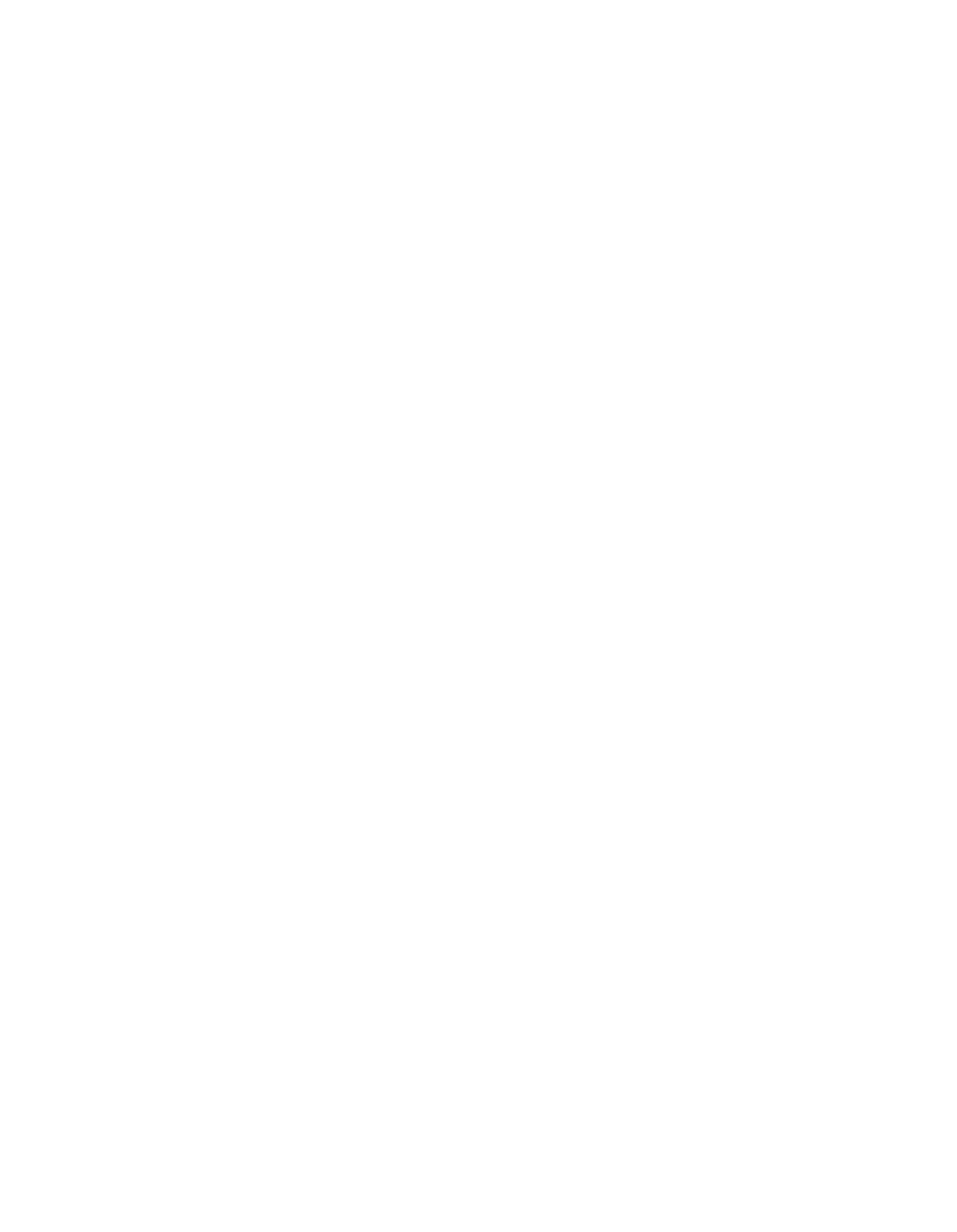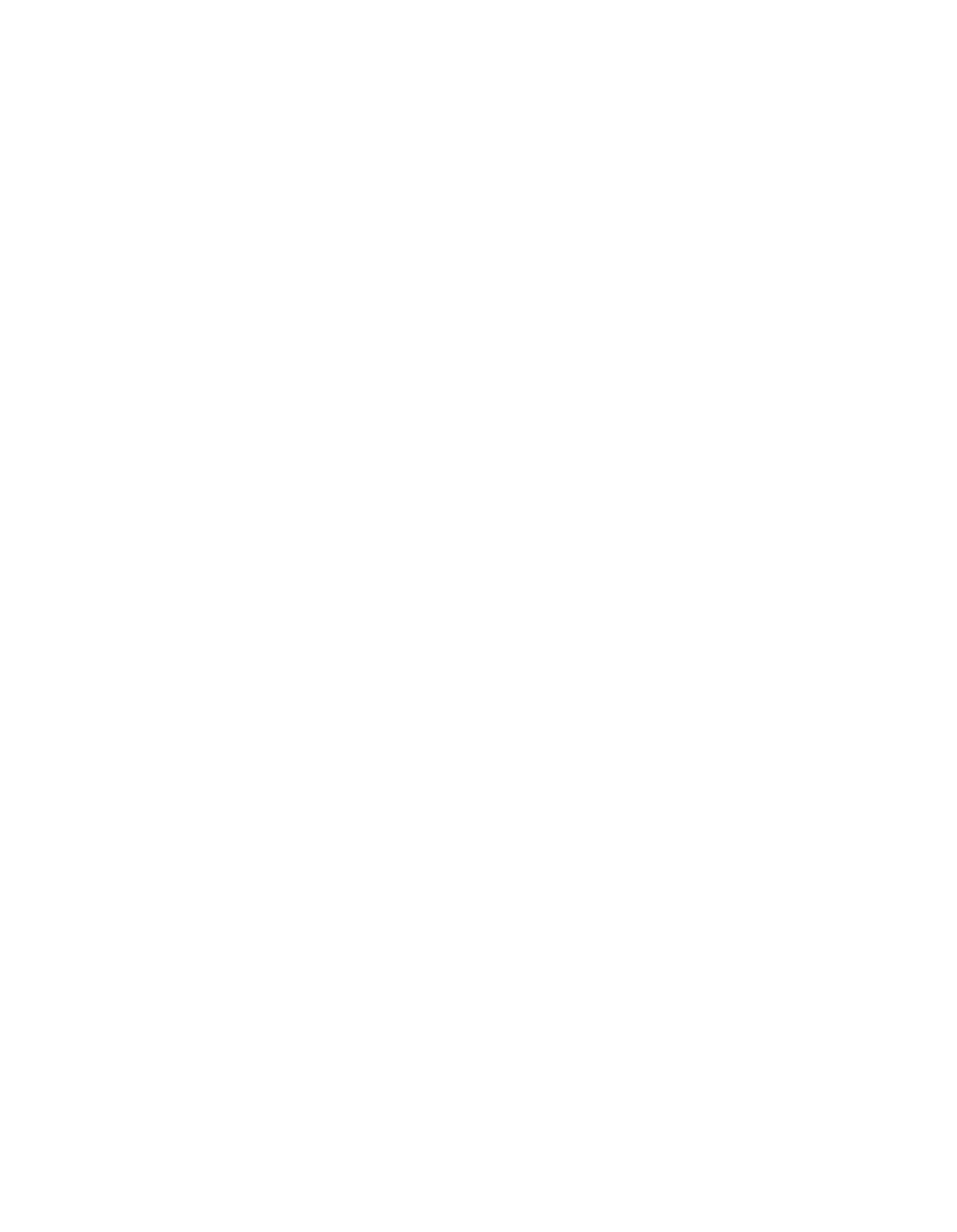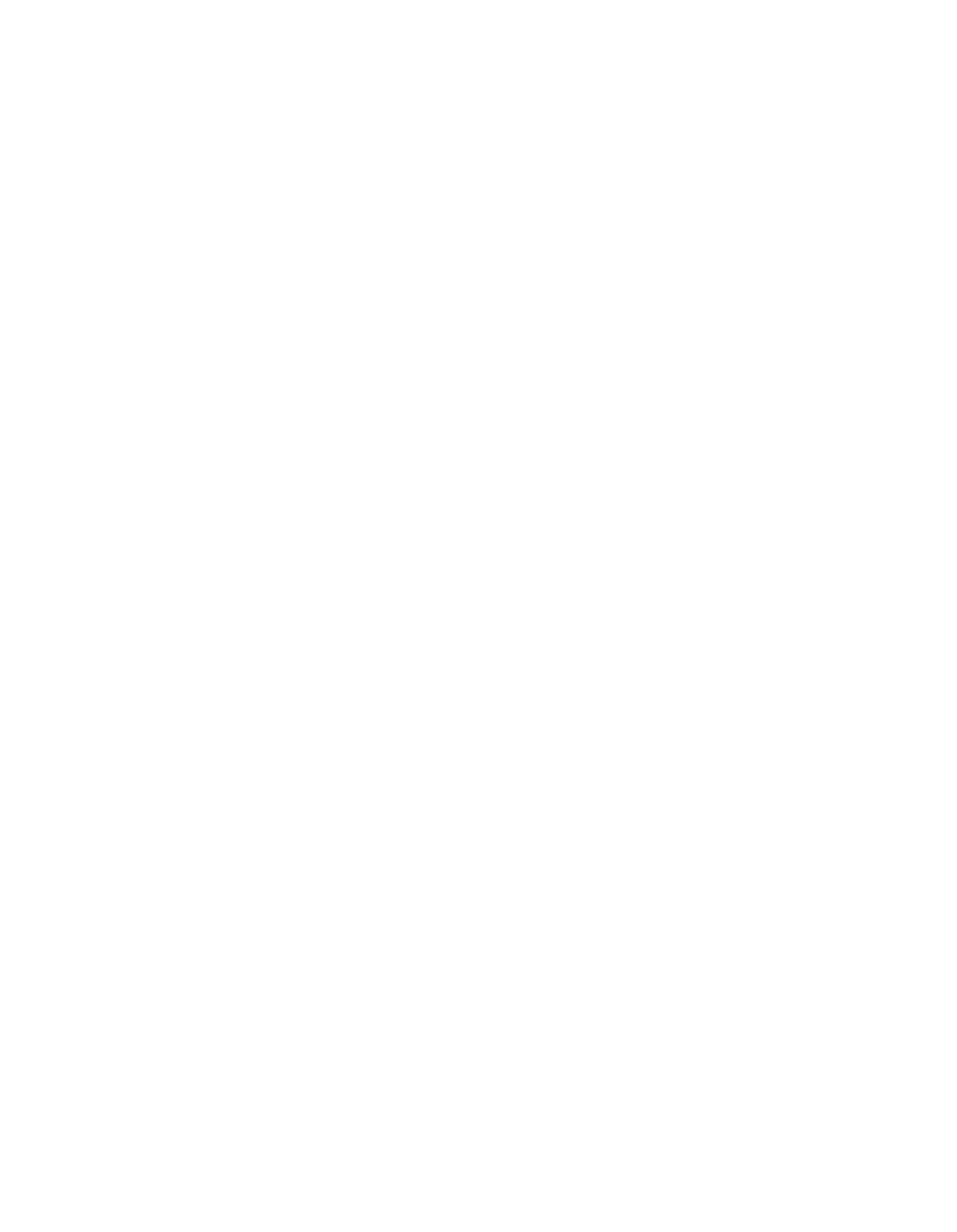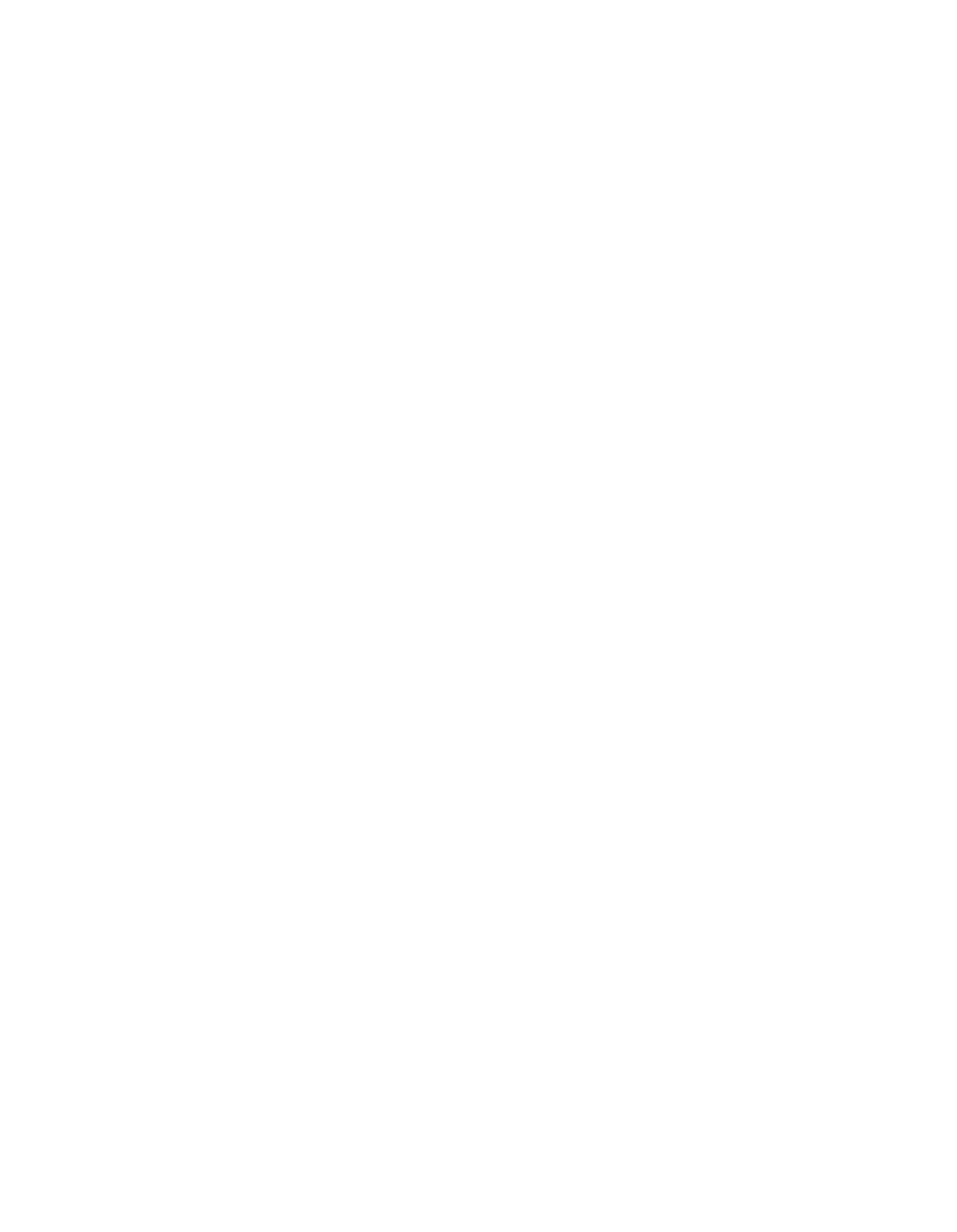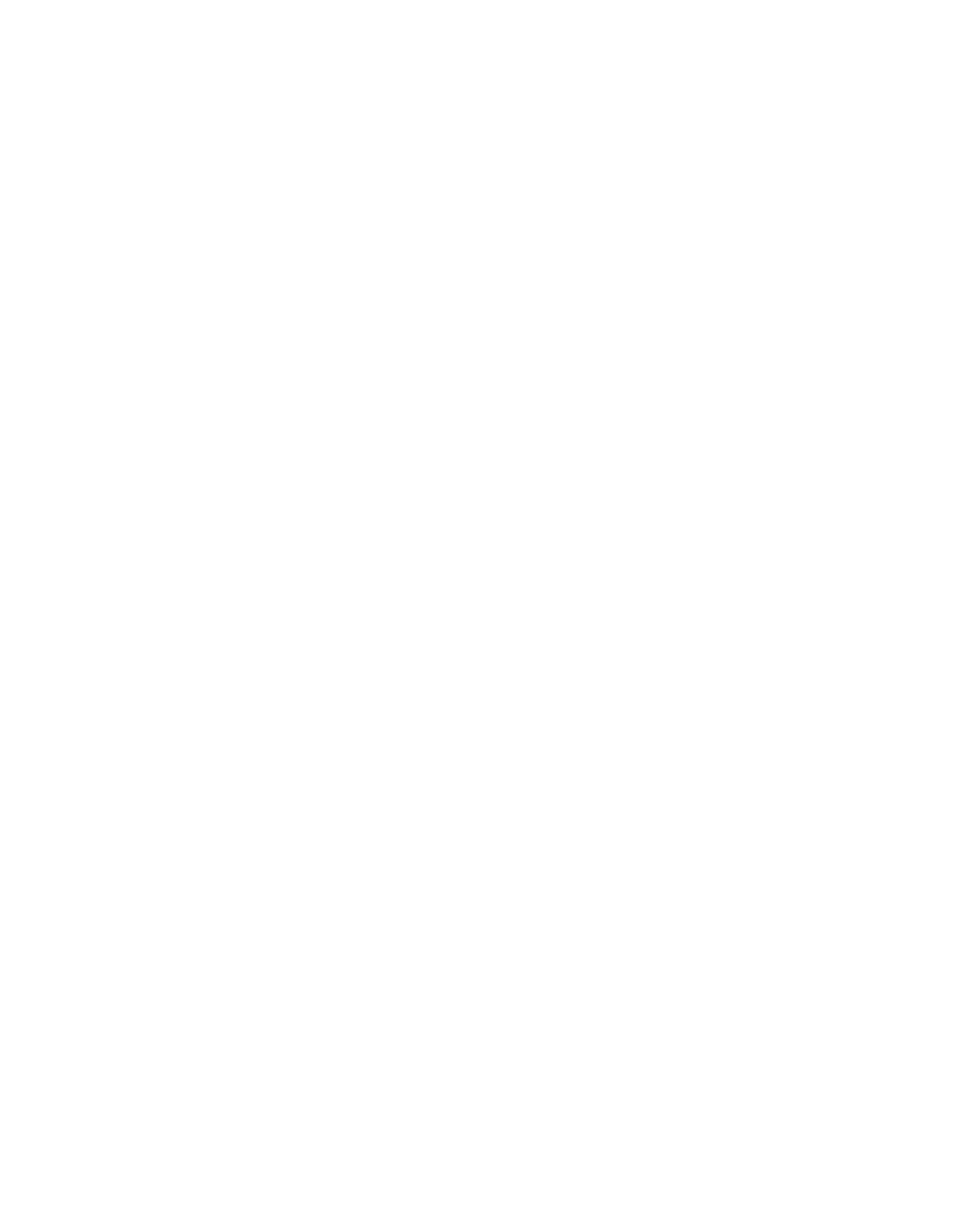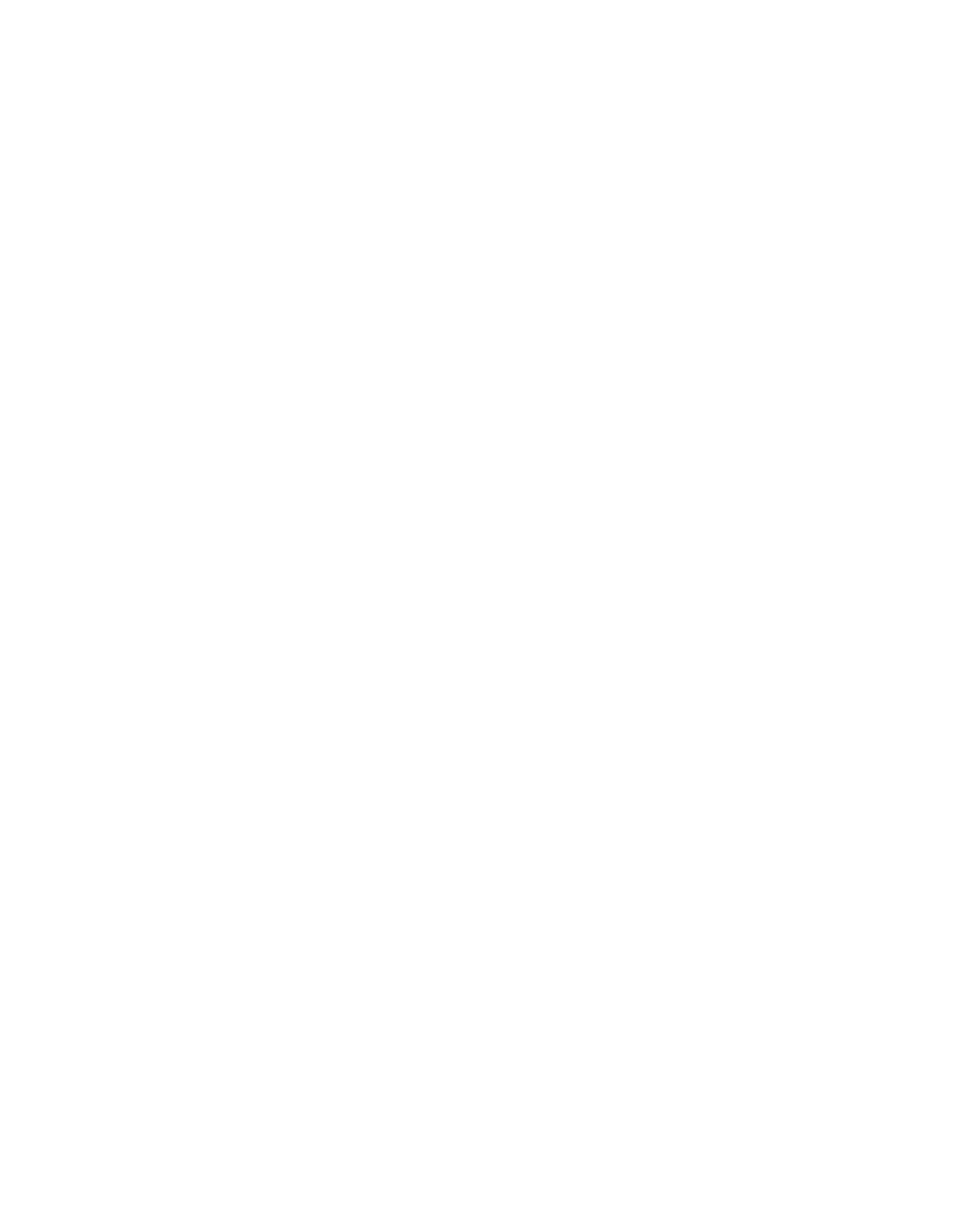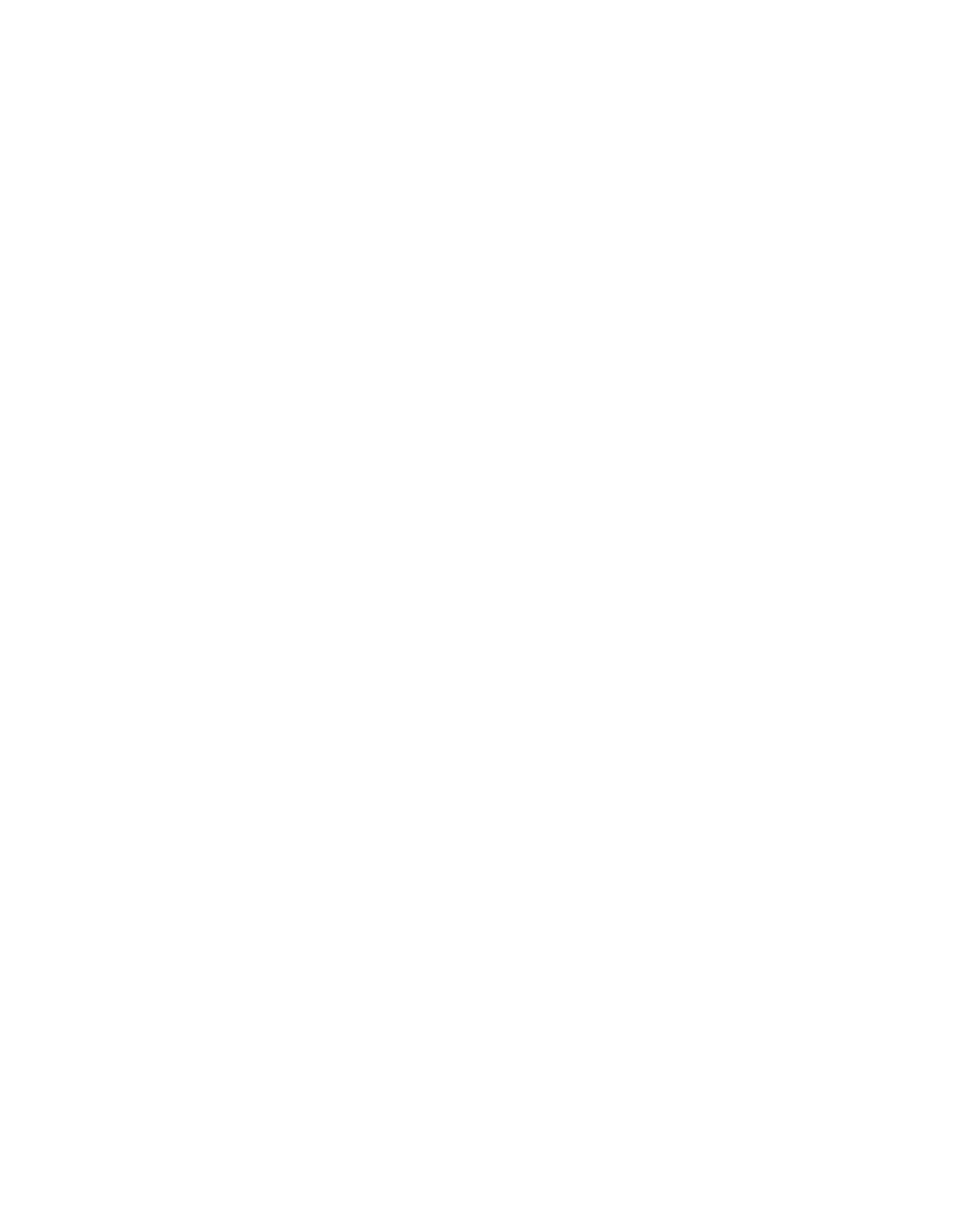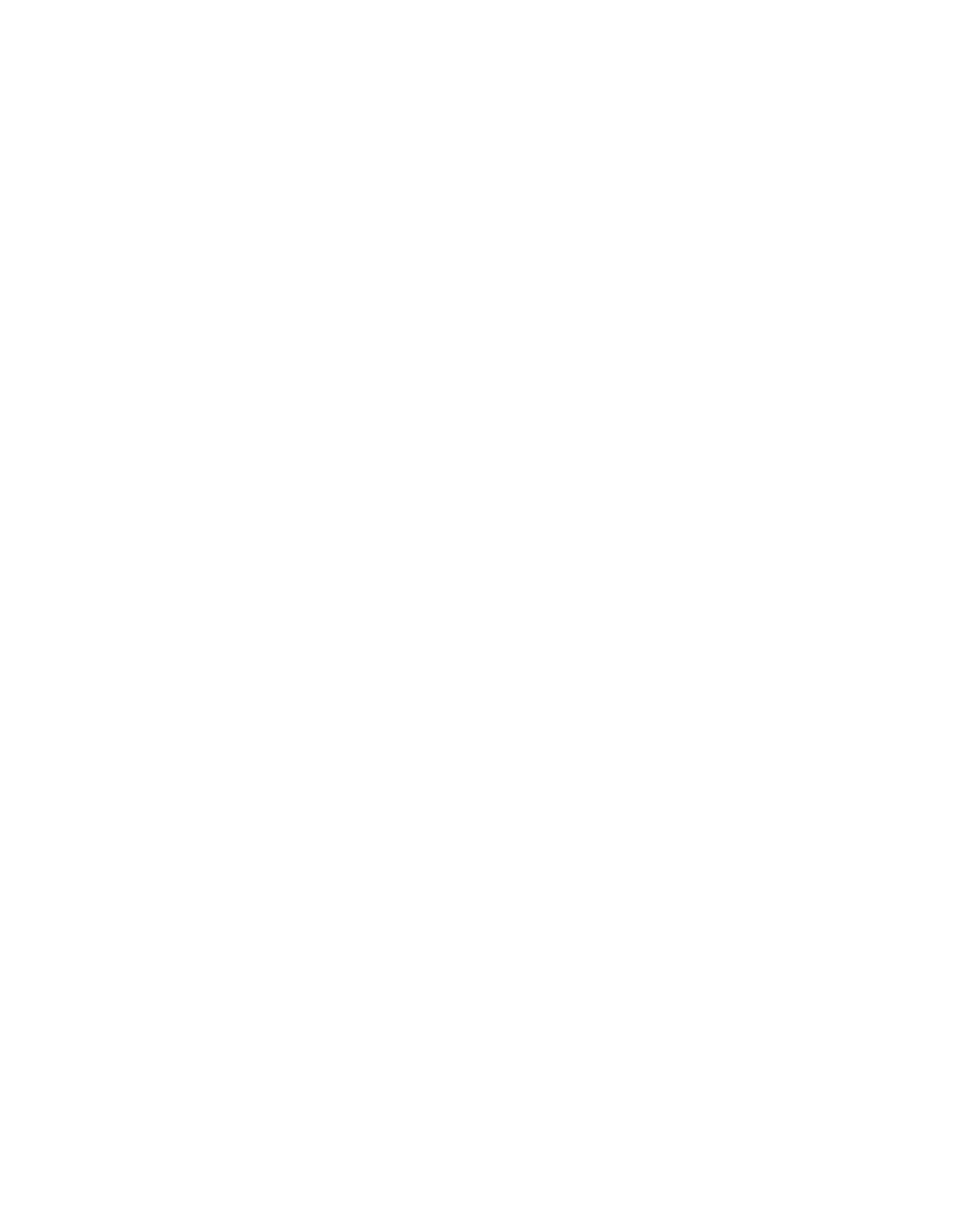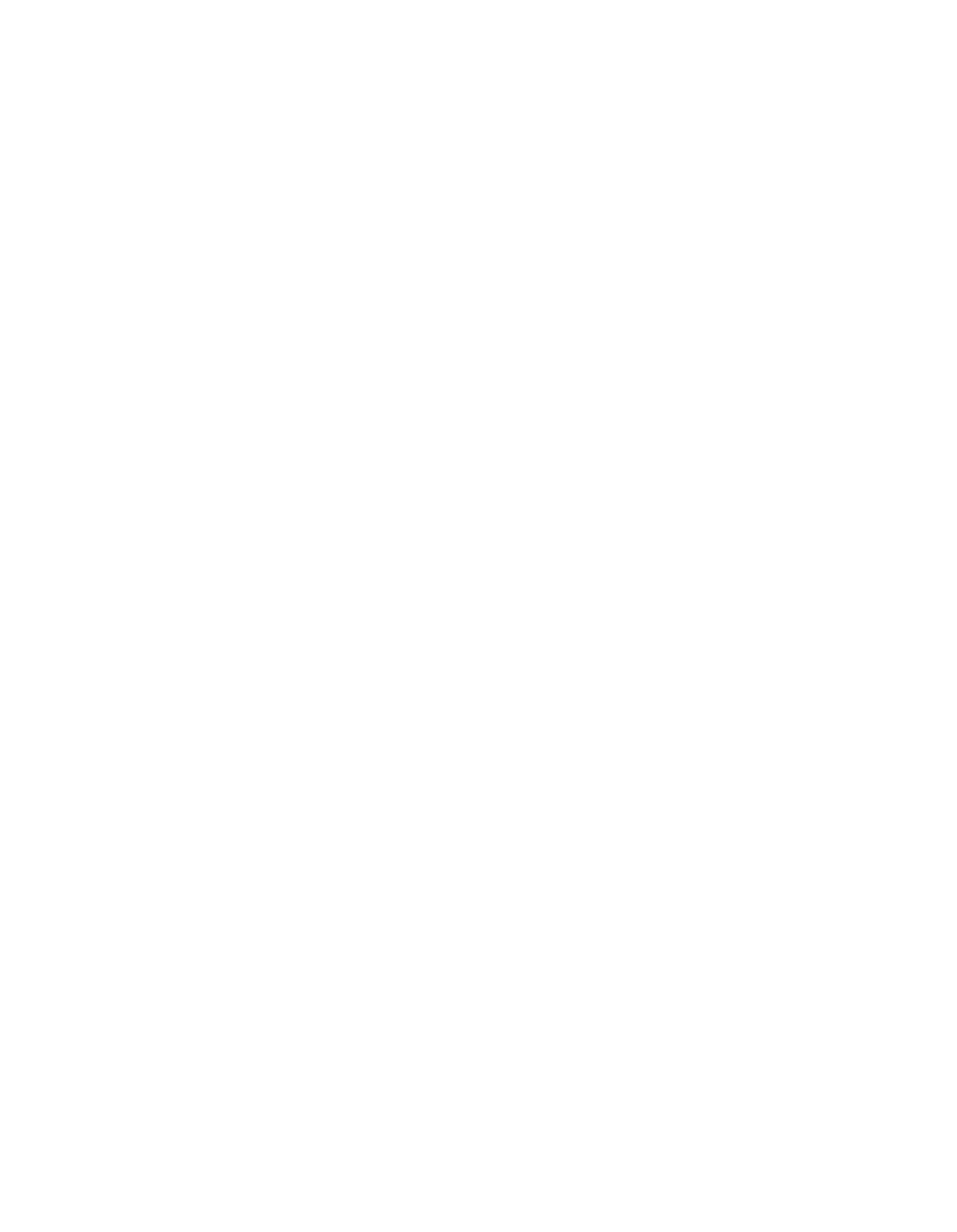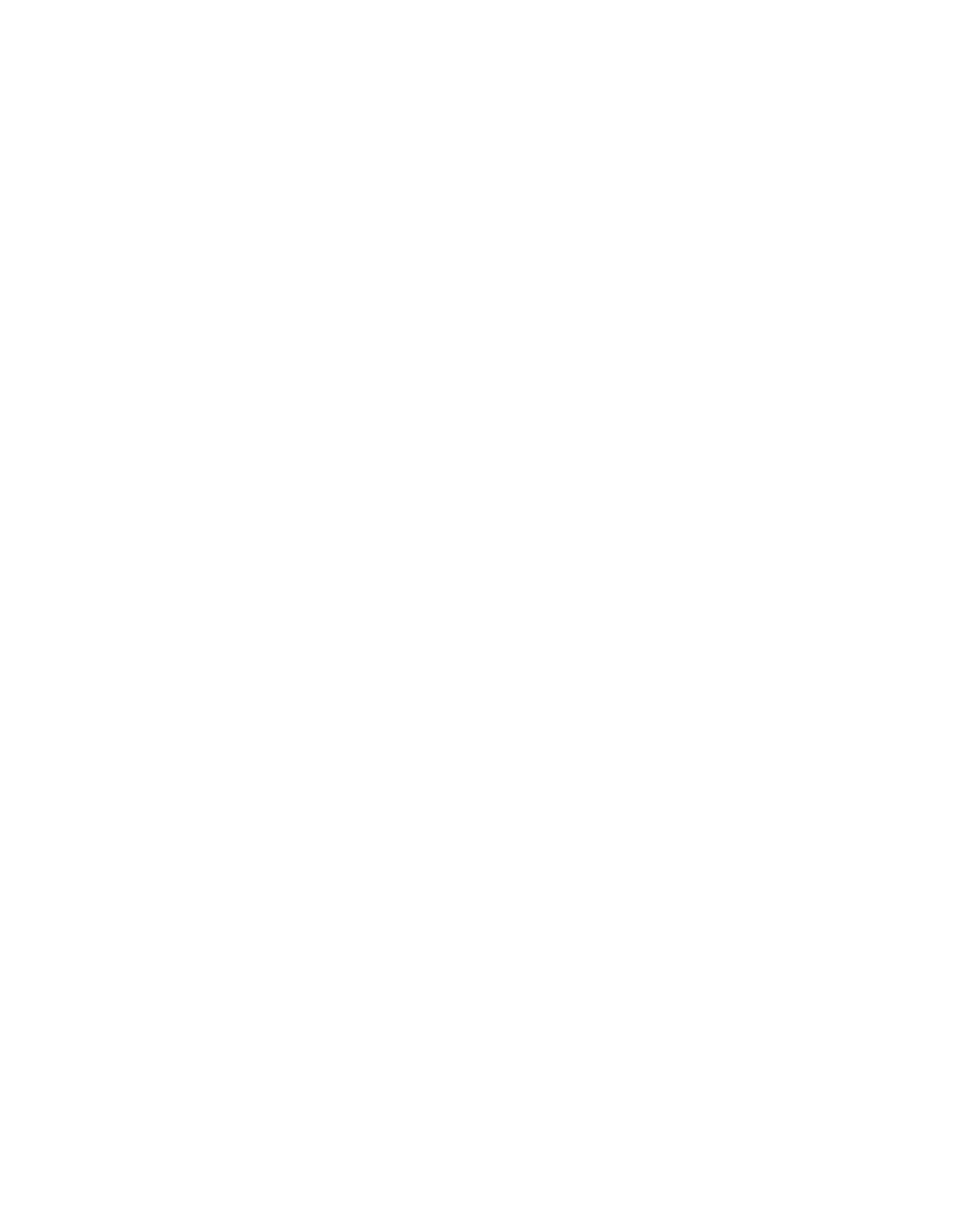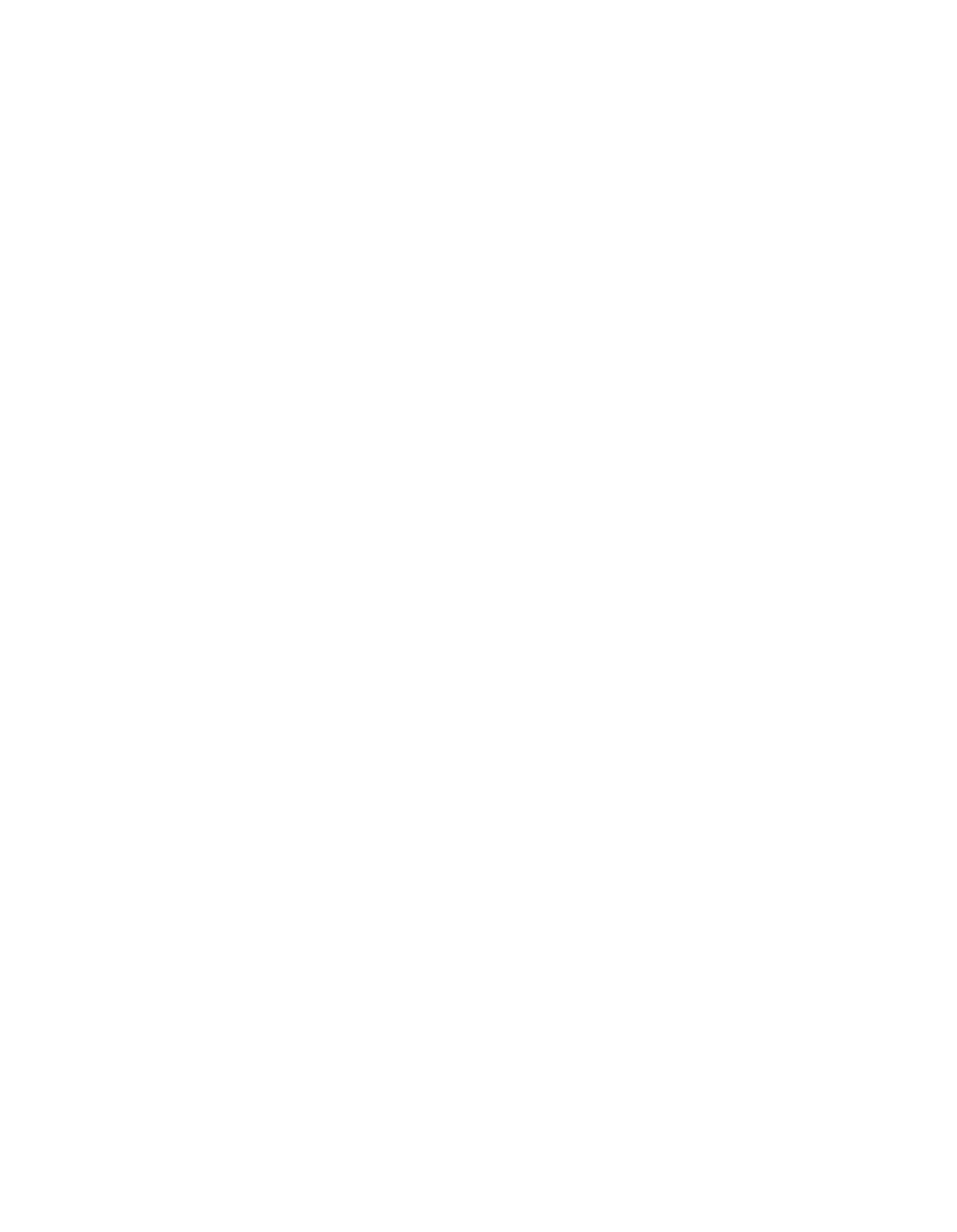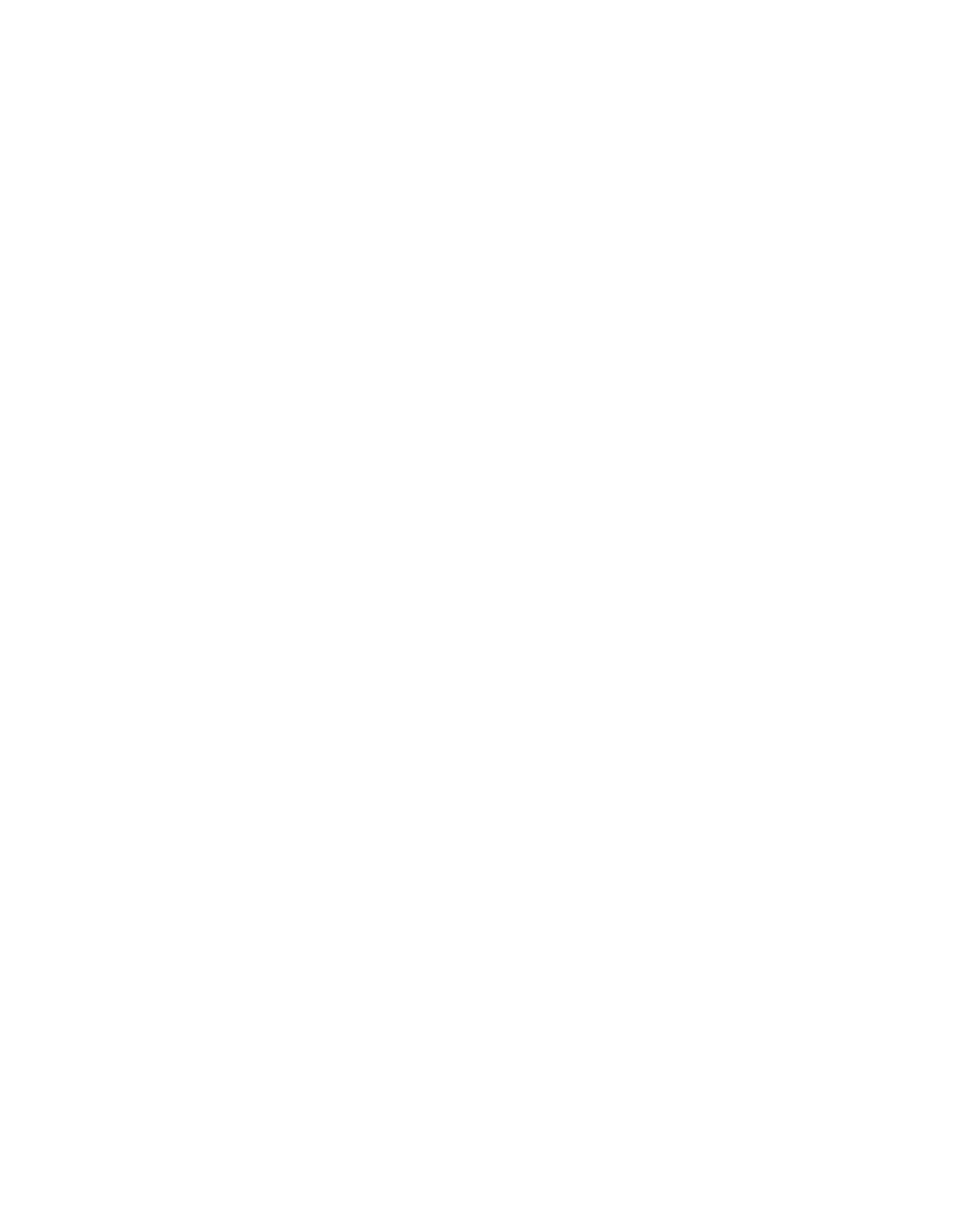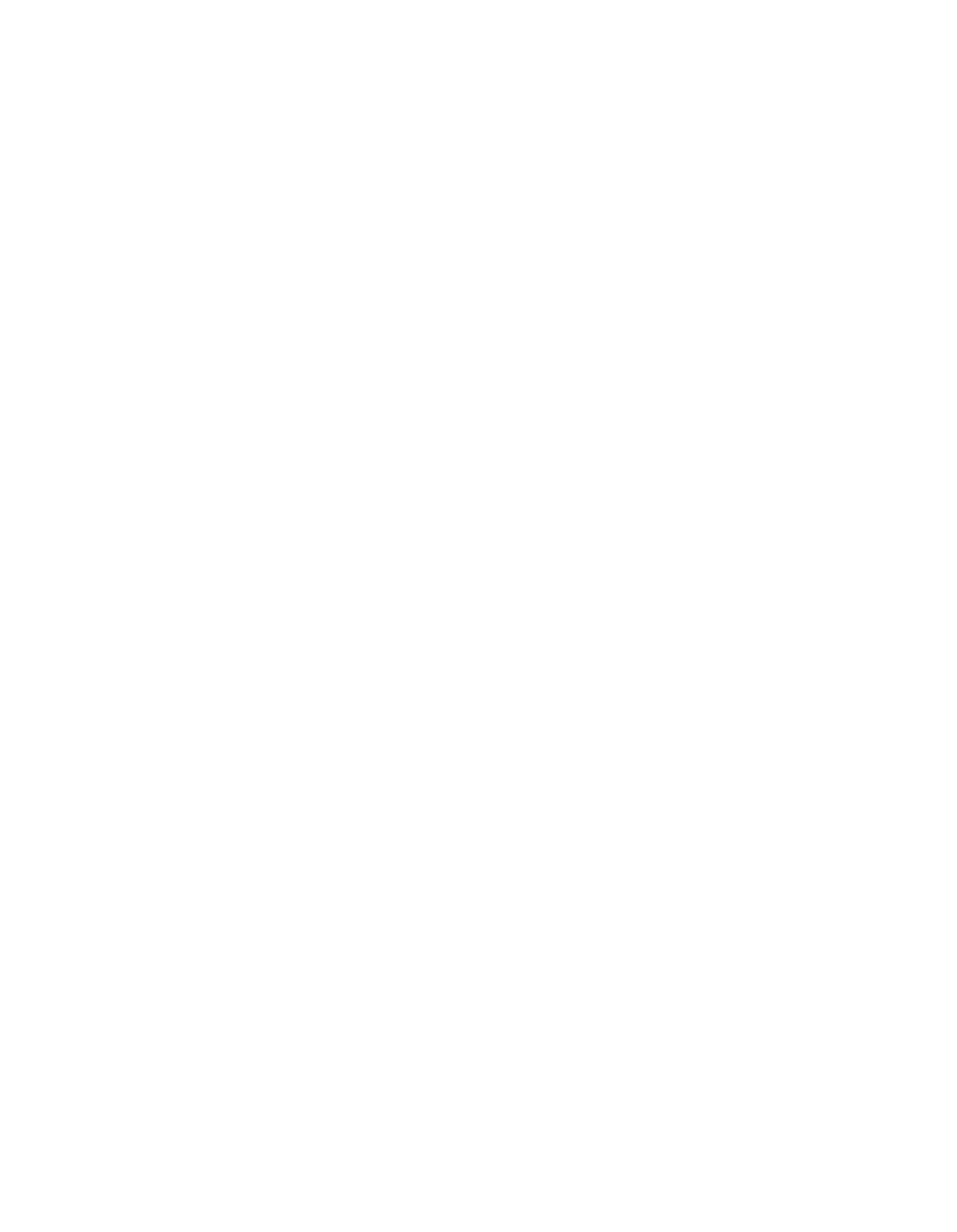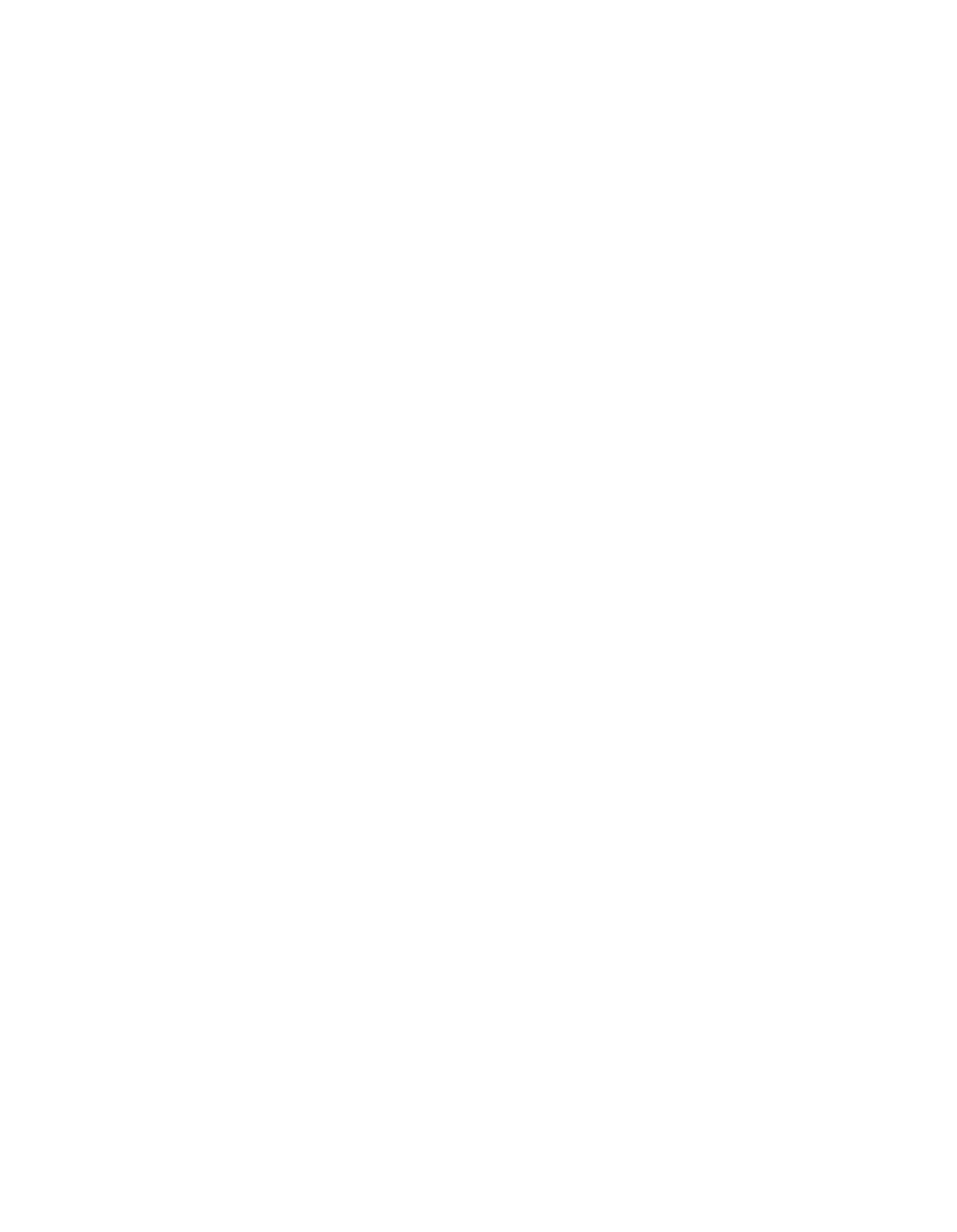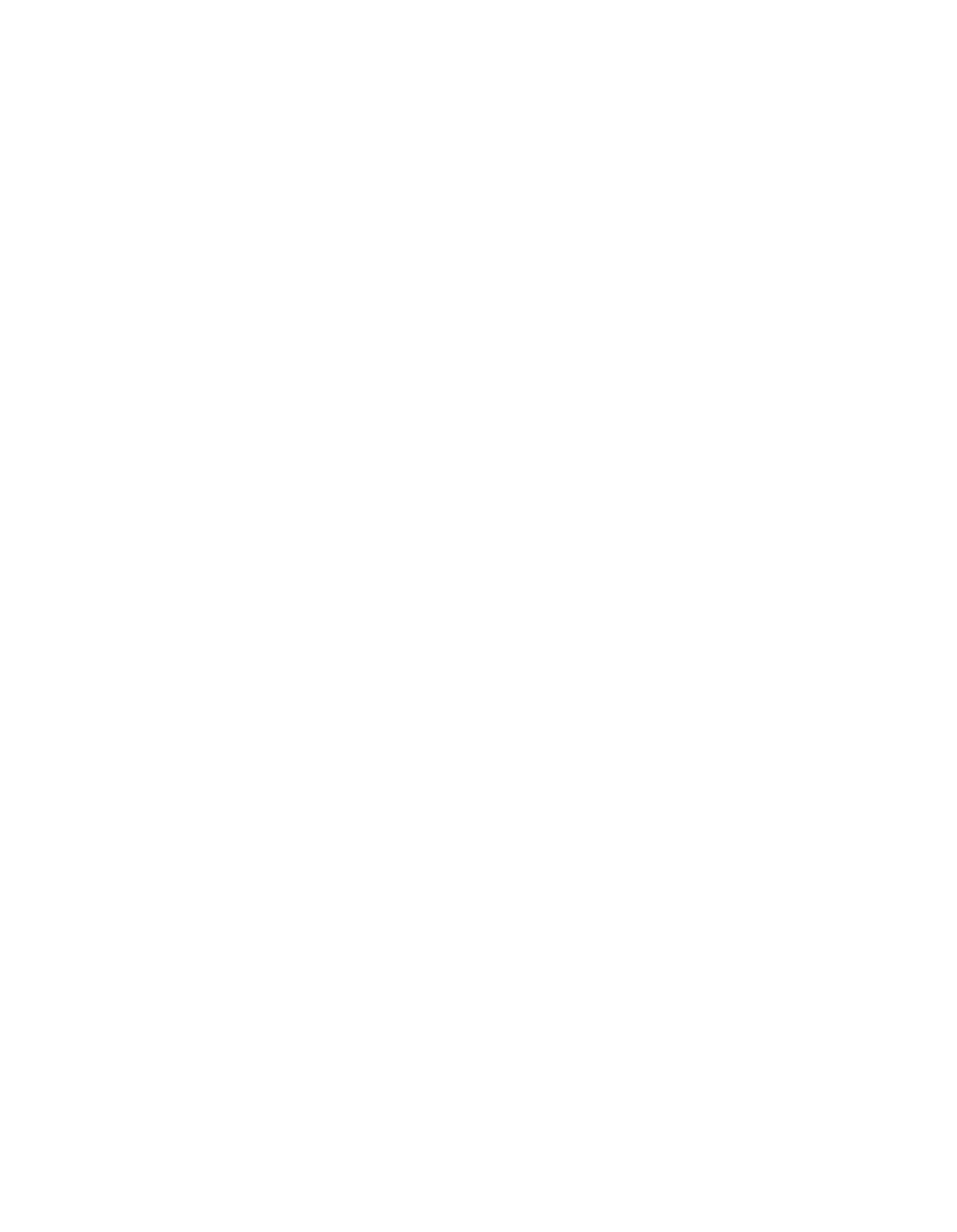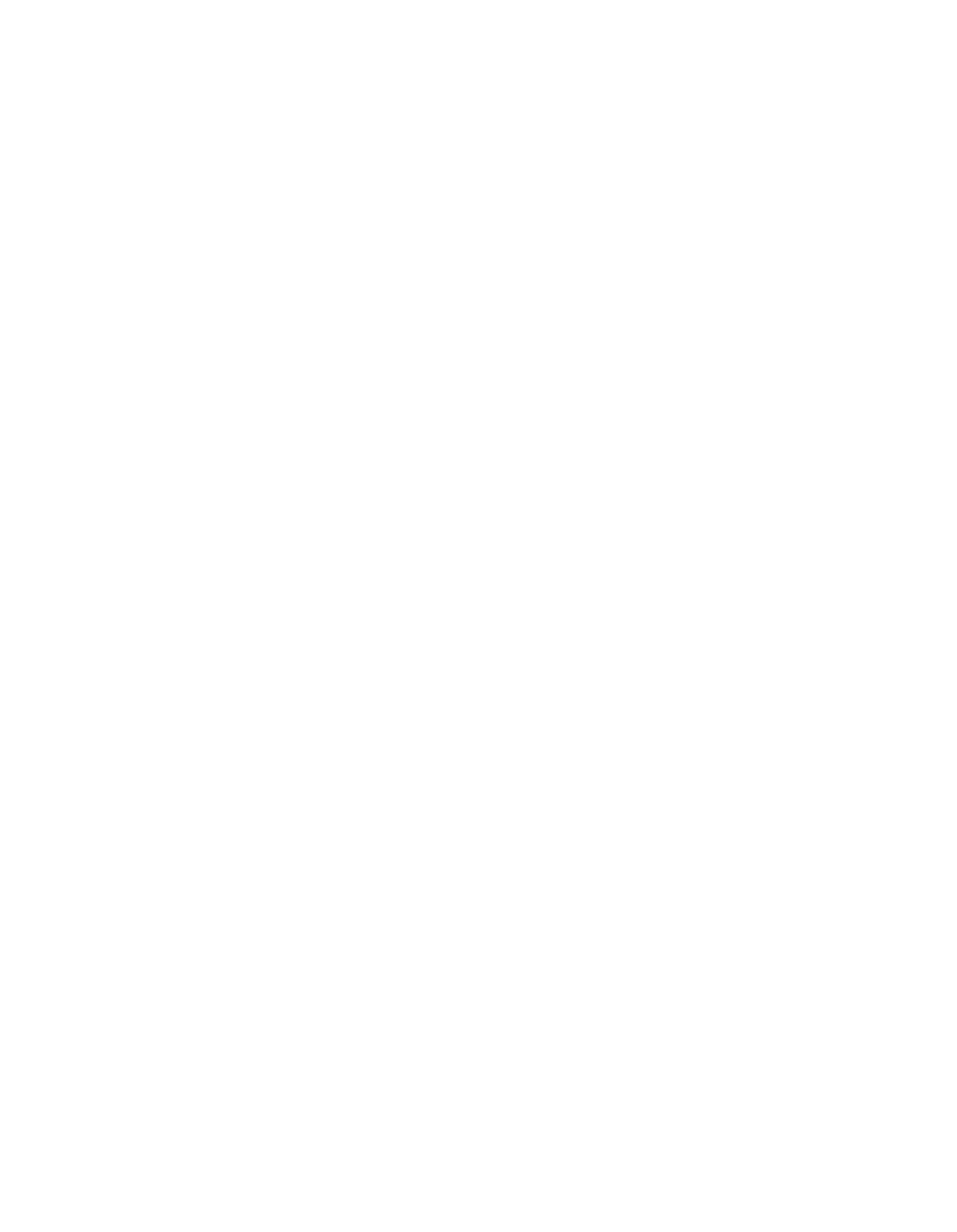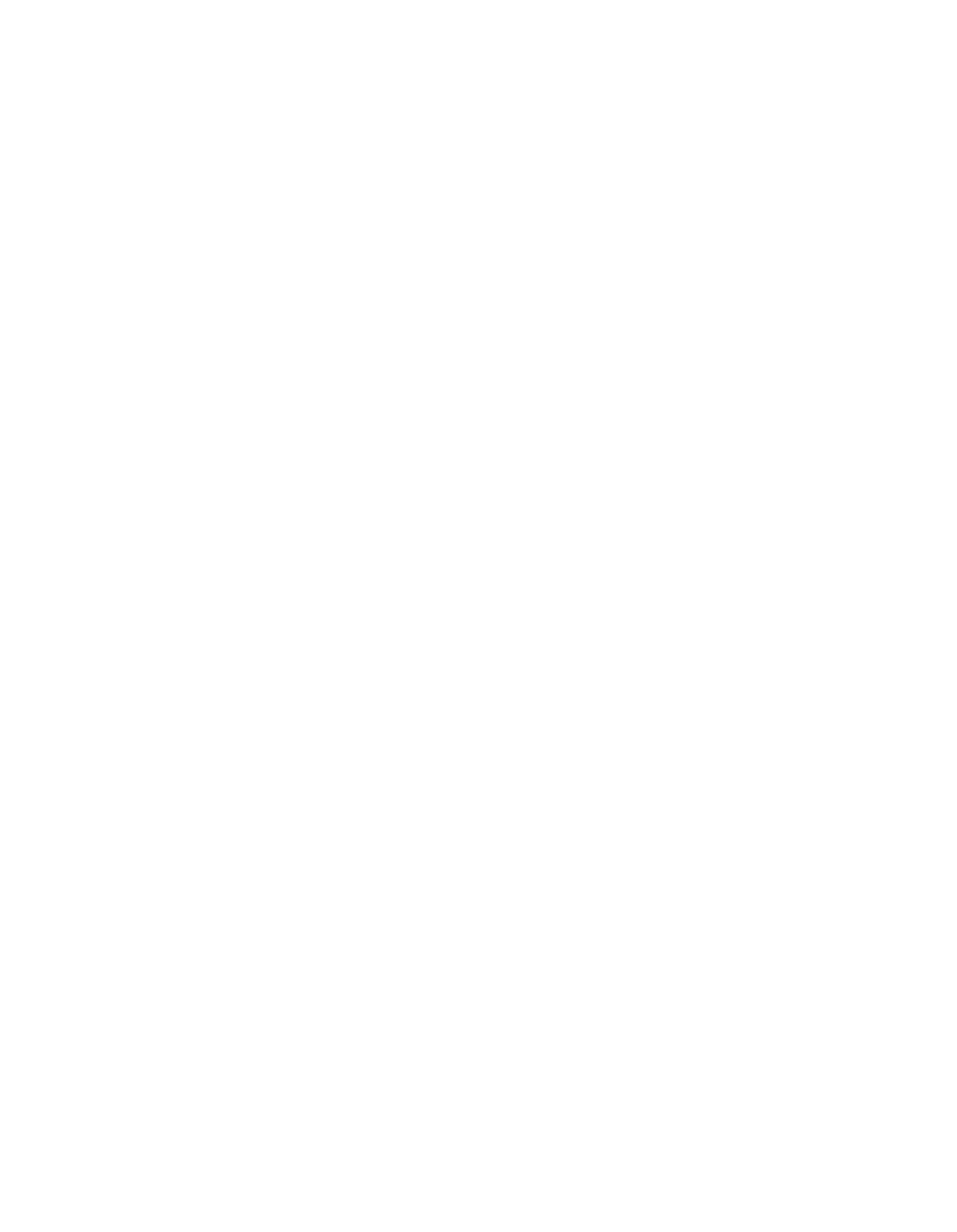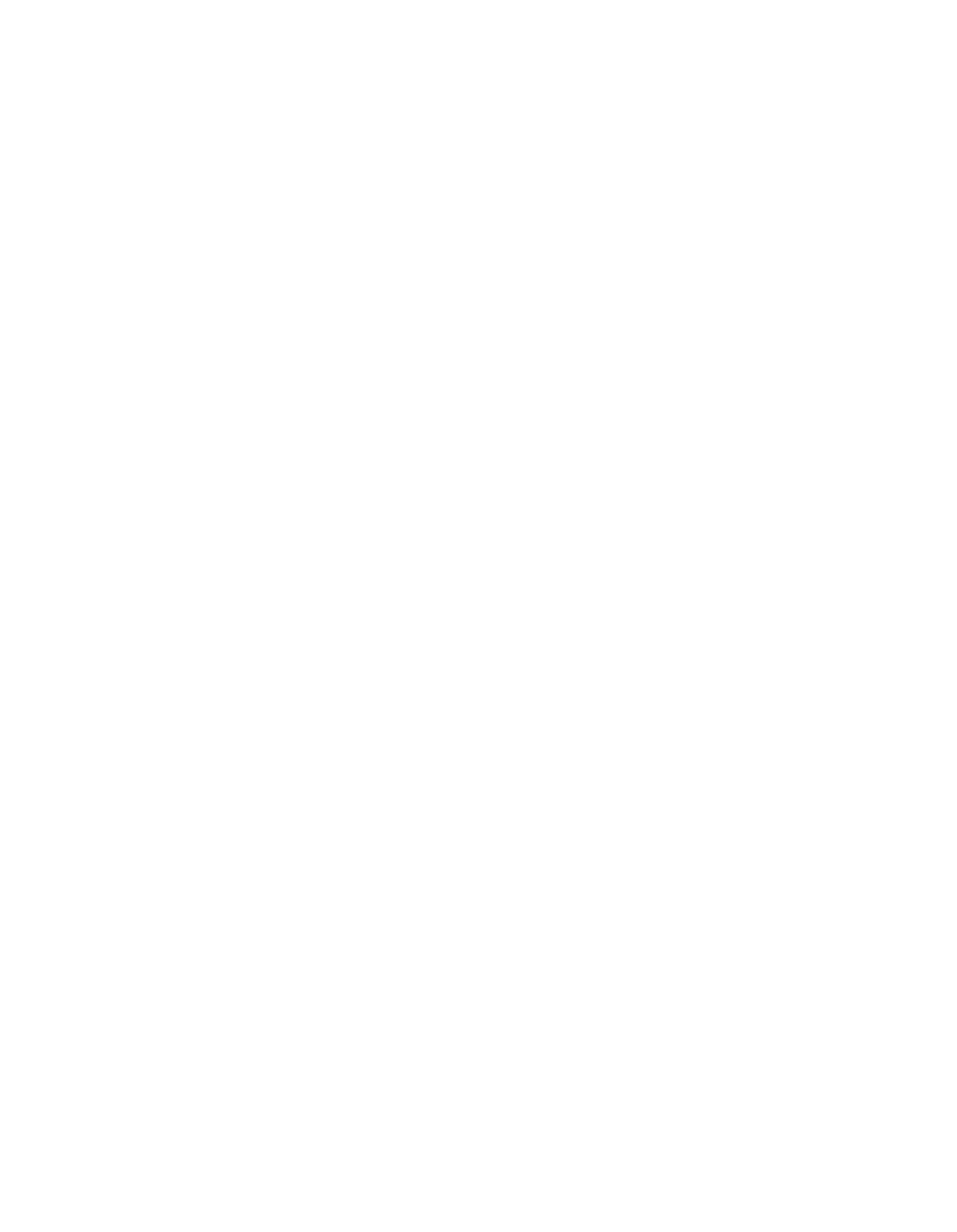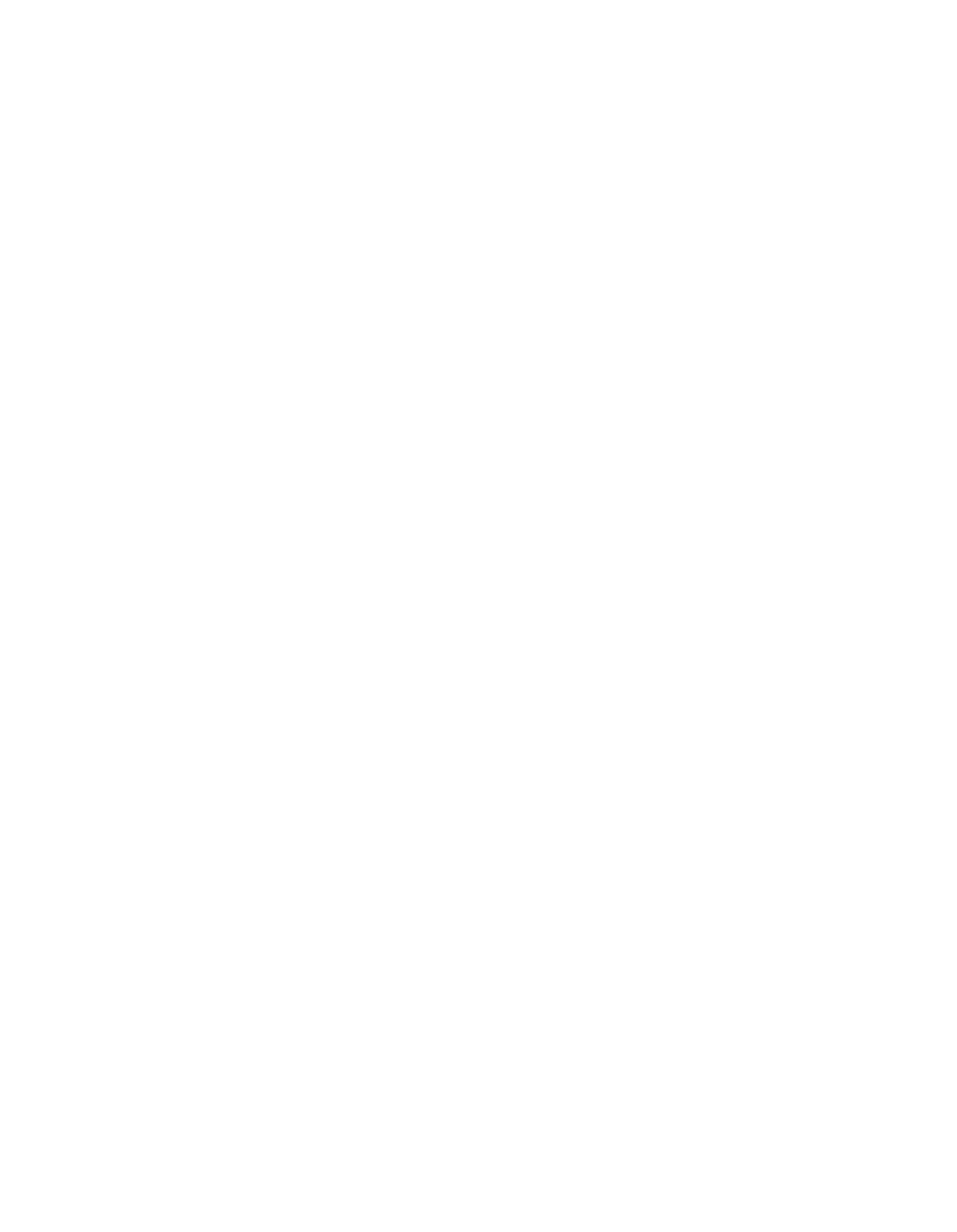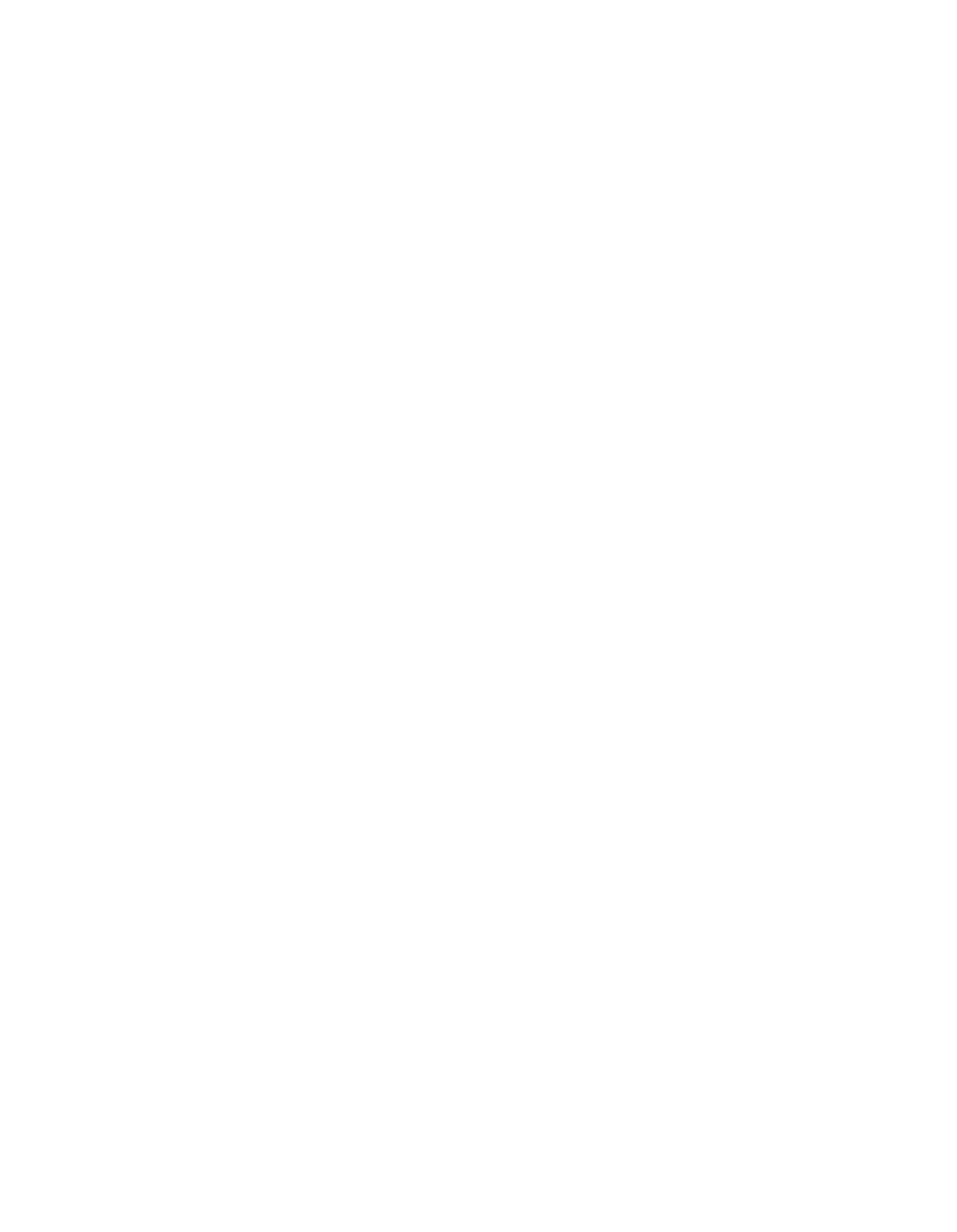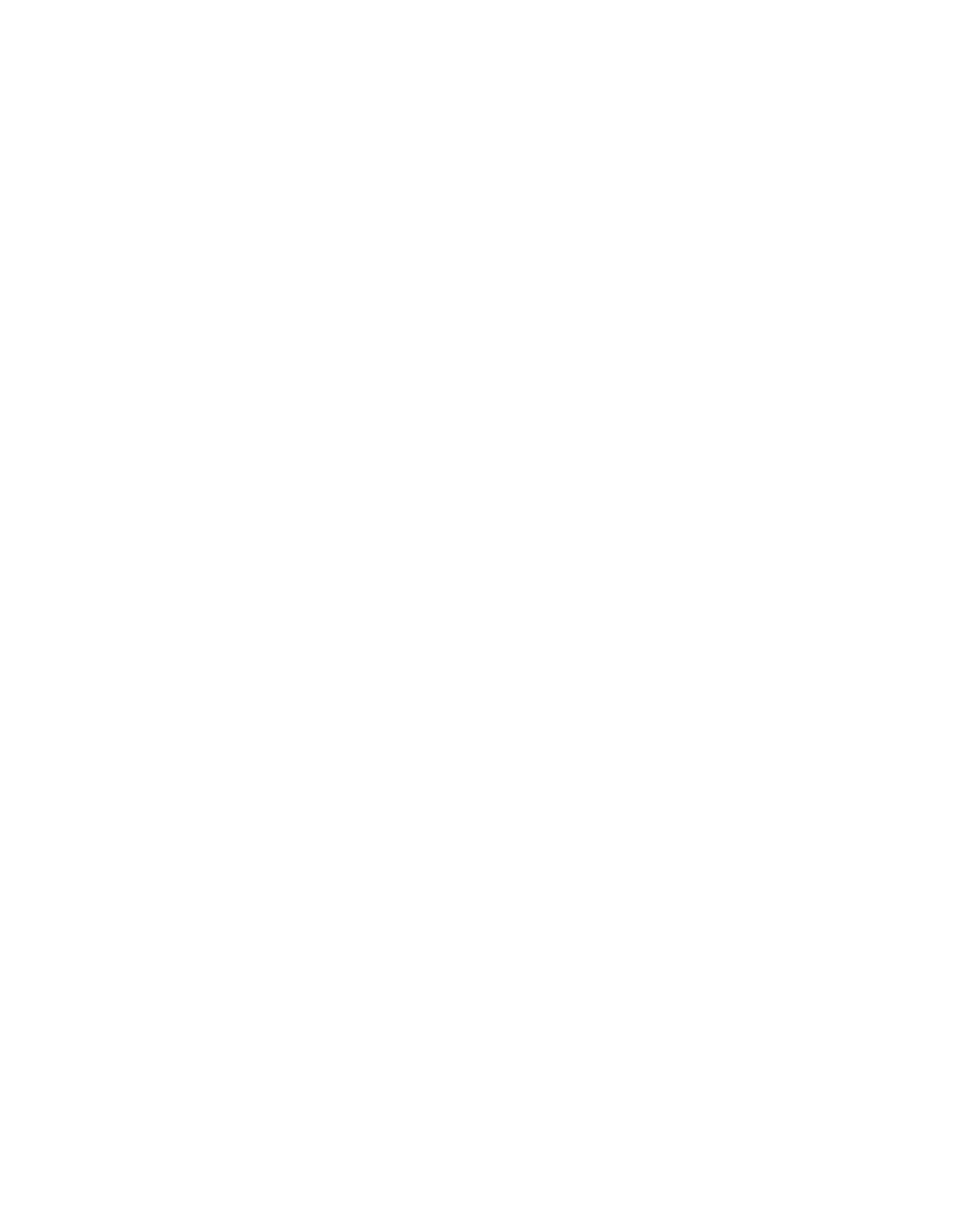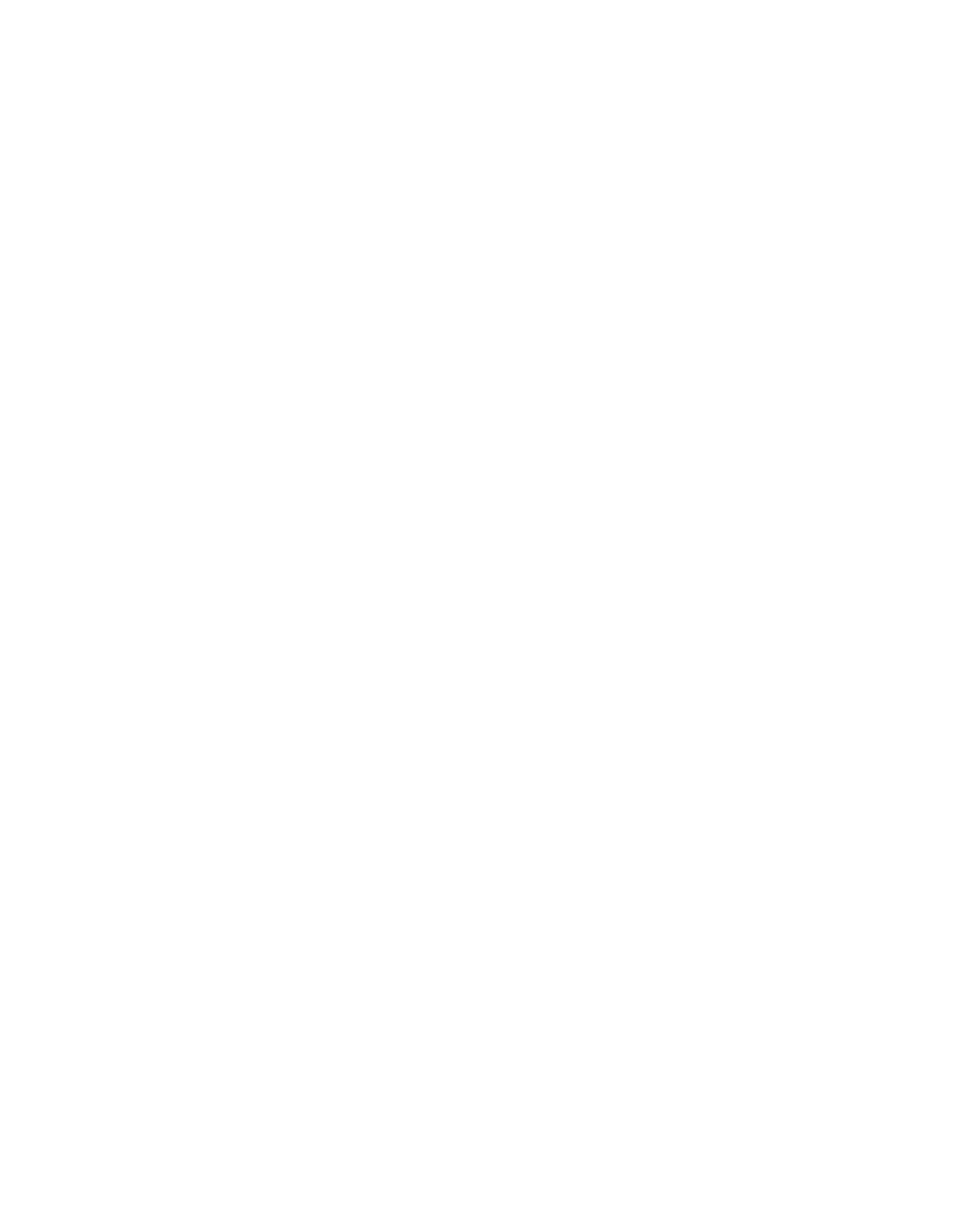ILLINOIS POLLUTION CONTROL BOARD
October 5,
1989
IN THE MATTER OF:
)
)
RACT DEFICIENCIES
—
)
R89-16
AMENDMENTS
)
(Rulemaking)
TO 35
ILL.
ADM. CODE PARTS
)
201, 211 and
215
)
PROPOSED RULE
FIRST NOTICE
SUBMITTED BY THE AGENCY
PROPOSED OPINION AND ORDER OF THE BOARD
(by J.D. Dumelle):
By Order of October 2,
1989, the Board accepted for hearing the Illinois
Environmental Protection Agency’s
(Agency) September 29,
1989 proposal for
amendments to
35
Ill.
Adm.
Code 201, 211
and 215.
The purpose of
this Order
is to authorize publication of the proposal
in the Illinois Register
essentially as filed, save for Board corrections to conform
it to style,
content, and format requirements
of the Illinois Administrative Procedures Act
(APA).
The Board
is authorizing first notice publication
in advance of
hearing because
it would appear that
the proposal,
if adopted, would impose
limitations on previously unregulated
sources, as well
as increased
limitations on currently regulated sources.
For the reasons outlined below,
the Board will be
handling this proposal on an expedited basis.
The Board
believes that first notice
publication at this time will enhance participation
at the limited number of hearings which will
be
held
in this docket.
The
Board presently anticipates completing the merit hearings
in November-
December, 1989 to allow for:
1)
a post hearing comment period
and
an EcIS
hearing
if the Board requests an EcIS
in January,
1990,
2)
second notice
adoption of some or
all
of the proposed rules no later than mid-March,
1990,
and
3) final
adoption of some or all
of the proposed rules on or before May
25,
1990.
THE PROPOSAL
As stated
in the Board’s Order of October 2,
1989 the Agency has
certified that the proposed amendments meet the “required rule”
definition
contained
in Section 28.2 of the Act.
The Agency
has stated that the proposal
is federally required to meet the reasonable available control technology
(RACT)
requirements contained
in Section 110, 11O(a)(h)(ii),
172(b)(2),
(5)
and
(8) of the Clean Air Act.
The proposal contains amendments
to the RACT regulations for certain
sources
of
volatile organic materials.
The proposal responds
to various
deficiencies
in the Illinois State Implementation Plan identified
by the
United States Environmental Protection Agency
(USEPA).
The Agency’s proposal
is accompanied by
a statement of David Kee, Director
of the Air and Radiation
Division, USEPA Region V.
the statement concludes:
l~4 2’)7
—2-
If the attached state proposed regulations are adopted
by the
Illinois Pollution Control Board according to the schedule
set forth
in Exhibit
C of the settlement agreement resolving Wisconsin v.
Reilly lawsuit U.S. EPA’s
Intent
is
to approve these state proposed
regulations as
a SIP revision
in lieu of federal promulgation of
these RACT rules.
The Exhibit C schedule referred to above
is set forth below in its
entirety:
EXHIBIT C
Action
Deadline
Illinois EPA proposals filed
9—30—89
Illinois Pollution Control Board
decides EcIS question and
publishes first notice
12-22-89
Pollution Control Board
holds
hearing and publishes second
notice
3—16-90
JCAR completes action and
PCB
adoptes final
rule
5—25—89
While
the proposal does not state whether the Wisconsin court has ruled
on the acceptability of the proposed settlement, the Board must proceed
in
this matter as if these deadlines do in fact apply
in this proceeding,
as the
above schedule affords the Board
less than seven months
to complete this
rulemaking.
The Board will
not repeat the summary of the proposed changes
in the
Agency’s September 29,
1989 statement of reasons.
However, as the Agency has
grouped its rules
by the SIP deficiency to which they respond, there is
no
readily apparent overview of the sections and sources
to which this rulemaking
potentially applies.
The potentially affected sources include solvent cleaning operations,
coating operations, major sources
in urban areas which are non—attainment for
ozone,
printing and publishing operations,
synthetic organic chemical and
polymer manufacturers, synthetic organic chemicals and polymer manufacturers,
petroleum refiners, dry cleaners, paint and
ink manufacturers, miscellaneous
fabricated product manufacturing processes, miscellaneous formulation
manufacturing processes and miscellaneous organic chemical manufacturing
processes.
BOARD REVISIONS AND CO~ENTS
The Board will
not comment
on each of the minor revisions made throughout
these rules.
Generally, these include amendment of references
to various
other sections or subsections within
a section, back references
to
incorporation by reference sections, addition of appropriate source notes,
104-~9~3
—3—
insertions
of references to kg/day as well as
lbs/day,
and similar changes
which are matters
of form or correction of obvious typographical errors
only.
There are, however, some areas
in which the Board has made what could
amount to substantive language changes, or has questions as to whether the
Agency language which the Board has proposed for first notice
is reflective of
the Agency’s intent.
These sections will
be commented on.
Rather than
grouping these changes
by SIP deficiencies, the Board will address sections
in
numerical order.
the Agency and other participants may wish to direct
particular attention to these sections, concerning
which comment
is
particularly invited.
The Board
notes that
it has not followed
its usual
practice
of
“modernizing” portions of the rules which
the Agency has not proposed
to
change.
The Board has not
done so because intermingling of “federally
required” changes and other changes
in this proceeding
could raise
legal
uncertainties about the use of Section 28.2 procedures.
Proposals
for changes
other than those proposed by the Agency must be put over into another docket.
PART 211 DEFINITIONS AND GENERAL PROVISIONS
Section 211.122 Definitions
“Alternative Test Method”
The proposed “alternative test method” definition has been deleted,
being
too vague
to meet APA standards.
In the one section
in which this term
appears, Section 215.929,
a reference has been inserted to
40
CFR 60.2,
which
contains procedures for alternative test method demonstrations.
“Vinyl Coating”
The proposed definition for vinyl
coating
uses the undefined terms
“organisol”
and “plastisol”.
The Board requests the Agency to consider
proposing definitions
for these terms.
“Volatile Organic Material Content”
In the last line,
the Board has
inserted the word “coating” before the
last word,
“material”.
PART 215 ORGANIC MATERIAL EMISSION STANDARDS AND LIMITATIONS
Section 215.105 Incorporation by
Reference
Throughout this
Part,
when individual
sections reference material which
has been incorporated
by reference
in Section 215.105, the section contains
the date of the material.
For example,
in Section 215.102(a),
the reference
is
to
“40 CFR 60, Appendix A
(July
1,
1988)”.
As
a general matter, the Board
prefers
to have the date appear only once,
in the incorpo~-ationby reference
Section (215.105),
to avoid having
to update
several
individual
sections
whenever the incorporation section
is updated.
This can cause problems
if
an
individual
section
is missed
and
is
not updated.
This
is
a problem which has
occurred here.
In Section 215.105,
the 40 CFR 60 reference has been updated
from the 1986 edition to the 1988 edition.
Section 215.432 references the
lALt-
299
-4-
1986 edition, a reference which the Agency did not propose to correct
to 1988,
an omission which the Board believes was inadvertent.
The Board also notes that various sections reference 40 CFR 60 Appendix A
(July
12,
1988).
The Board finds no CFR amendments of that date, assumes that
the correct date is July 1, and has made the correction.
The Board has retained the date references
in the individual sections as
the Agency has proposed, but requests the Agency to comment
as to whether such
references can be deleted to avoid future problems.
In Section 215.105 itself, the Agency proposed incorporation
of. an
undated ASTM test method, ASTM D—4457.
The reference has been corrected to
ASTM 0-4457-85.
In subsection
(g),
the Board has incorporated
all
of 40 CFR
60
(July
1,
1988), rather than simply Appendix A.
Section 215.128 Measurement of Seal Gaps.
The Agency proposal
had numbered this Section as
“215.218”,
a
typographical error which has been corrected.
Section 215.186 Compliance Dates
In this Section, and other
as well, the Agency proposed compliance dates
which read
~l_______
(date of adoption) and
“_________
(one year from date of
adoption).”
This
is an unacceptable format.
The Board’s options were to
insert a date certain, or to insert the phrase “the effective date of this
Section.”
A Section
is effective only upon the receipt by the Secretary of
State
of an APA correct file copy.
The sheer mechanics of preparation and
mailing the file copy dictate that the effective date
is after the date of
adoption.
The Board has chosen to
insert ‘May 25,
1990”
as the date of adoption,
as
it
is the
last date for adoption
as provided
in the Wisconsin settlement
schedule.
In the event this rulemaking should proceed significantly ahead of
schedule, the Board would propose
to revise the date at second notice.
Comment
is requested on this approach.
Section 215.206 Exemptions From Emission Limitations
The Board has retained the Agency language in this Section.
However, the
Board finds the language of subsections
b)
and d) somewhat unclear, and
questions whether the Agency’s
intent is better expressed by the following
language:
if
a source “is or was ever subject to
the requirements of this
subpart, the requirements of the subpart will continue to apply
to
the
Isourcel notwithstanding
a reduction
in emissions
~Ø
~
V$Y’ below the exemption level
in subsection (a).
This question also applies to Section 215.602.
Sections 215.409 and 215.467 Testing Methods for VOM Content
1~)4300
—5-
The Board has retained these sections
as proposed by the Agency.
The
Board believes however, that
it may
be more efficient to move the content of
these sections to Section 215.208.
Comment
is requested.
Section 215.421 General
Requirements
Section 215.445 Leaks:
General
Requirements
Each of these sections specifies use of
a particular leak measurement
method, but only Section 215.421 specified a measurement distance.
Section
215.445(b)
has been modified
to conform
with
Section 215.421(b).
However,
the
Board questions whether
it would not
be preferable
to delete Section
215.421(b)
as unnecessary.
Section 215.409 and 215.467 Testing Methods for VOM Content
The Board questions why
the content
of these Sections
has not been placed
in Section 215.208.
CONDUCT OF THIS PROCEEDING
The tirneframe for action
in this proceeding as specified
in the
Wisconsin
settlement agreement are exceedingly tight.
To achieve the goal of
state adoption of RACT corrections
by May 25,
1990, the Board presently
believes
it must take action pursuant
to the following tentative timetable:
October 23-27
Special Board Meeting for
EcIS determination
November-December,
1989
Completion
of merit
hearings
January, 1990
Post-hearing Comment
period;
EcIS hearing
if Board requests EcIS
February, 1990
Board deliberation and
preparation of second
notice
Opinion and Order
March 8,
1990
Adoption of second notice
at regular Board Meeting
May 24,
1990
Adoption of Final
Order
The Board observes that the above
schedule contemplates that
if the Board
requests an EcIS,
the Board would request
its submittal
by the Department of
Energy and Natural Resources within approximately 60 days.
While Section 28.2
by
its terms allows DENR 6 months
in which
to prepare an EcIS,
the Wisconsin
settlement does
not, since
it allows
only seven months for completion of
the
rulemaking.
The
Board further notes that DENR has previously prepared many
PACT rule EciSes, portions of which may be relevant to this proceeding.
If,
after analysis
of comments, the Board Finds
that additional assistance from
DENR would
be helpful, the Board may well specify limited areas of
inquiry.
1~4301
—6—
The Board directs its Hearing Officer
in this matter to take all
necessary steps to manage this proceeding consistent with this schedule,
Including but not limited to expeditious scheduling of hearing, required pre—
filing of testimony and questions, continuation of hearing op the record on a
day—to—day basis
if necessary to complete all hearings
in December, and
receipt of expedited transcripts.
As this is not a proceeding whose
conclusion can be delayed due to late appearance by affected sources, the
Board would appreciate any assistance that the environmental
bar, industry and
trade associations, and environmental groups can give in making known to their
clients and members that this proceeding must,
and will,
be handled
in an
expedited manner.
ORDER
The Board hereby proposes the following rules for first notice
publication
in the Illinois Register:
TITLE
35:
ENVIRONMENTAL PROTECTION AGENCY
SUBTITLE B:
AIR POLLUTION
CHAPTER
I:
POLLUTION CONTROL BOARD
SUBCHAPTER
a:
PERMITS AND GENERAL PROVISIONS
PART 201
PERMITS AND GENERAL PROVISIONS
SUBPART C:
PROHIBITIONS
Section
201.141
Prohibition
of Air Pollution
201.142
Construction Permit Required
201.143
Operating Permits for New Sources
201.144
Operating Permits for Existing Sources
201.146
Exemptions from Permit Requirement
201.147
Former Permits
201.148
Operation Without Complance Program and Project
Completion Schedule
201.149
Operation During Malfunction, Breakdown or Startups
201.150
Circumvention
201.151
Design of Effluent Exhaust Systems
Section 201.146
Exemptions from Permit Requirements
No permit
is required for the following classes of equipment:
a)
Air contaminant dectectors or recorders, combustion controllers or
combustion shutoffs;
b)
Air conditioning or ventilating equipment not designed
to remove air
contaminants generated by or released from associated equipment;
194-302
—7—
c)
Fuel burning emissions sources for indirect systems and for heating
and reheating furnace systems used exclusively for residential. or
commercial establishments using gas and/or fuel oil exclusively with
a total
capacity of
less than 14.6 MW
(50 mnibtu/hr)
input;
d)
Fuel burning emission sources other than those listed
in subsection
(c) for indirect heating systems with a total capacity of
less than
293 kW
(1 mmbtu/hr)
input;
e)
Mobile internal combustion and
jet engines, marine
installation and
locomotives;
f)
Laboratory equipment used exclusively for chemical or physical
analysis;
g)
Painting operations
at
a plant, which plant uses us4R~not
in excess
of
18,925
1
(5,000 gal)
of paint
(including thinner) per year;
except coating lines subject
to
the requirements of 215 35
Ill. Adm.
Code Subparts
F and PP
h)
Any emission source acquired exclusively for domestic use, except
that a permit shal be required for any incinerator and for any
burning emission source using solid fuel with a total
capacity
of
14.6 MW
(50 mmbtu/hr)
input or more;
i)
Stationary internal
combustion engines of less than 1118 kW
(1500
horsepower);
j)
Stacks or vents used
to prevent the excape of sewer gases through
plumbing traps;
k)
Safety devices designed
to protect life and
limb, provided that
safety devices associated with an emission source shall
be included
within the permit for such emission source;
1)
Storage tanks for liquids for retail dispensing except for storage
tanks located
at gasoline dispensing facilities that are subject
to
the reqiurements of 35
Ill. Adm. Code 215.583;
m)
All printing operations using less than 2839
1
(750 gal) of organic
solvents per year;
n)
Storage tanks of organic liquids with a capacity of less than 18,925
1
(5000 gal) except for storage tanks located at gasoline dispensing
facilities that are subject to the requirements of 35
Ill.
Adm. Code
215.583;
o)
Flanged and threaded pipe connections, vessel manways and process
valves capable
of discharging specified
air contaminants to the
atmosphere;
p)
Sampling connections used exclusively to withdraw materials for
laboratory testing and analyses;
104 3”3
-8-
q)
All storage tanks of Illinois crude oil with capacity of less than
151,400
1 (40,000 gal) located on oil field sites;
r)
All organic material—water single or multiple compartment effluent
water separator faciliteis for Illinois crude oil pf vapor pressure
of less than 35.4 kPa absolute
(5 psia);
s)
Grain handling operations, exclusive of grain—drying operations,
with an annual grain through-put not exceeding 300,000 bushels.;
t)
Grain-drying operations with a total
grain-drying capacity not
exceeding 750 bushels per hour for 5
moisture extraction
at
manufacturer’s rated capacity, using the American Society of
Agricultural
Engineers Standard 248.2,
Section 9,
Basis for Stating
Drying Capcity of Batch and Continuous—Flow Grain Dryers
incorporated
by reference
in Section 2O1.1O4.-~
u)
Portable grain—handling equipment and one—turn storage space;
v)
Cold cleaning degreasers;
w)
Coin-operated dry cleaning operations; and
x)
Dry cleaning facilities consuming less than 30 gallons per month
(360 gallons per year)
of perchloroethylene.
TITLE
35:
ENVIRONMENTAL PROTECTION
SUBTITLE B:
AIR POLLUTION
CHAPTER
I:
POLLUTION CONTROL BOARD
SUBCHAPTER
c:
EMISSION STANDARDS AND
LIMITATIONS FOR STATIONARY SOURCES
PART 211
SUBPART B:
DEFINITIONS
Section
211.121
Other Definitions
211.122
Definitions
Section 211.122
Definitions
“Automobile or Light Duty Truck Refinishing”:
the repainting of used
automobiles or
light duty trucks.
“Can Coating”:
the application of
a coating Rate~4a3to
a single walled
container that
is manufactured from metal
sheets
thinner than 29 gauge
(0.0141 in.).
104 304
-9-
“Coating”:
For purposes of these rules,
a coating includes a material applied
to
a substrate for decorative, protective or other functional purposes.
Such
materals include, but
are not limited
to paints, varnishes, sealers,
adhesives, diluents
and thinners.
“Coating Applicator”:
equipment used to
apply
a sw~faeecoating.
“Coating Line”:
an operation where
a s~faeecoating
is applied
to
a material
and subsequently the coating
is dried and/or cured.
“Coil
Coating”:
the application of
a coating mate~4a~
to any flat metal
sheet
or strip that comes
in rolls or coils.
“Fabric Coating”:
the coating of
a textile substrate.,
including operations
where the coating impregnates the substrate.
“Large Appliance Coating”:
the application of
a coating mater4a4 to the
component metal
parts
(including but not limited to doors,
cases,
lids,
panels
and interior support parts)
of
residential and commercial washers,
dryers,
ranges, refrigerators, freezers, water heaters, dishwashers, trash compactors,
air conditioners and other similar products.
“Paper Coating”:
the application of
a coating mate~4a~to
paper or pressure
sensitive tapes, regardless of
substrate, including web coatings on plastic
fibers
and decorative coatings on metal
foil.
Such applications include
operations where the coating impregnates the substrate.
“Prime Coat”:
the first
~41R~
of coating mateF4a4 applied
in
a multiple coat
operation.
“Prime Surfacer Coat”:
a f43m of coating mate~4a~
that touches
up areas on
the surface not adequately covered
by
the prime coat before application of the
top coat.
°TopCoat”:
a f44~iof coating ~ate~4a3applied
in
a multiple coat operation
other than the prime coat, final
repair coat or prime
surface coat.
“Transfer Efficiency”:
the we4~hto~’vo4~ieratio
of the
amount
of coating
solids a~he~4~g
to the ~ate~4a3~e4ngcoated d4v4ded ~y the we4qht o~vo3w~e
deposited onto a part or product
to the
total
amount
of coating solids
de~4ve~ed
to the coat4ng a~p34eato~
a~d~4t4~44ed~y ~QQto e~&~
a
~eFceRta~e
used.
“Vinyl
Coating”:
the application of
a topcoat or printing to vinyl
coated
fabric or vinyl
sheets; provided, however, that the application
of
an
organisol or plastisol
is not
vinyl coating.
“Volatile Organic Material Content”:
the emissions of volatile organic
material which would result from the exposure of a coating, printing ink,
fountain solution, tire spray, dry cleaning waste or other similar material
to
the air, including any drying or curing,
in the absence of any control
equipment.
VOMC is typically expressed
as
Kg VOM/liter
(lb VOM/gallon)
of
coating or coating solids,
or
Kg VOM/Kg
(lb VOM/lb) of material.
in
4—305
-10-
TITLE 35:
ENVIRONMENTAL PROTECTION
SUBTITLE B:
AIR POLLUTION
CHAPTER
I:
POLLUTION CONTROL BOARD
SUBCHAPTER
C:
EMISSIONS STANDARDS AND LIMITATIONS FOR
STATIONARY SOURCES
PART 215
ORGANIC MATERIAL EMISSION STANDARDS AND LIMITATIONS
SUBPART A:
GENERAL PROVISIONS
Section
215.100
Introduction
215.101
Clean—up and Disposal Operations
215.102
Testing Methods
215.103
Abbreviations and Conversion Factors
215.104
Definitions
215.105
Incorporations by Reference
215.106
Afterburners
215.107
Determination of Applicability
SUBPART
B:
ORGANIC EMISSIONS FROM STORAGE AND LOADING
OPERATIONS
Section
215.121
Storage Containers
215.122
Loading Operations
215.123
Petroleum Liquid Storage Tanks
215.124
External Floating Roofs
215.125
Compliance Dates and Geographical Areas
215.125
Compliance Plan
215.127
Emissions Testing
215.128
Measurement of Seal Gaps
SUBPART E:
SOLVENT CLEANING
Section
215.181
Solvent Cleaning
in General
215.182
Cold Cleaning
215.183
Open Top Vapor Degreasing
215.184
Conveyorized Degreasing
215.185
Compliance Plan
SUBPART F:
COATING OPERATIONS
Section
215.202
Compliance Schedules
215.204
Emission Limitations for Manufacturing Plants
215.205
Alternative Emission Limitations
215.206
Exemptions fr3m Emission Limitations
215.207
Compliance by Aggregation of Emission Sources
215.208
Testing Methods for ~e4ve~tVolatile Organic Material Content
215.209
Exemption from General Rule on Use of Organic
Material
104--3fl(~
—11—
215.210
Alternative Compliance Schedule
215.211
Compliance Dates and Geographical
Areas
215.212
Compliance Plan
215.213
Special Requirements for Compliance Plan
SUBPART
H:
SPECIAL LIMITATIONS FOR SOURCES
IN MAJOR URBANIZED
AREAS WHICH ARE NONATTAINMENT FOR OZONE
Section
215.240
Applicability
215.241
External Floating Roofs
215.245
Flexographic and Rotogravure Printing
215.249
Compliance Dates
SUBPART
P:
PRINTING AND PUBLISHING
Section
215.401
Flexographic and Rotogravure Printing
215.402
Exemptions
215.403
Applicability of Subpart
K
215.404
Testing and Monitoring
(Repealed)
215.405
Compliance Dates and Geographical Areas
215.406
Alternative Compliance Plan
215.407
Compliance Plan
215.408
Heatset Web Offset Lithographic Printing
215.409
Testing Methods of Volatile Organic Material
Content
215.410
Emissions Testing
SUBPART
Q:
LEAKS FROM SYNTHETIC ORGANIC CHEMICAL AND
POLYMER MANUFACTURING EQUIPMENT
Section
215.420
Applicability
215.421
General Requirements
215.422
Inspection Program Plan for Leaks
215.423
Inspection Program for Leaks
215.424
Repairing Leaks
215.425
Recordkeeping for Leaks
215.426
Report for Leaks
215.427
Alternative Program for Leaks
215.428
Compliance Dates
215.429
Compliance
Plan
215.430
General Requirements
215.431
Inspection Program Plan for Leaks
215.432
Inspection Program for Leaks
215.433
Repairing Leaks
215.434
Recordkeeping for Leaks
215.435
Report for Leaks
215.436
Alternative Program for
Leaks
215.437
Open-Ended Valves
215.438
Standards for Control Devices
215.439
Compliance Date
SUBPART R:
PETROLEUM REFINING AND RELATED INDUSTRIES; ASPHALT
104
~3n7
—12—
MATERIALS
Section
215.441
Petroleum Refinery Waste Gas Disposal
215.442
Vacuum Producing Systems
215.443
Wastewater (Oil/Water)
Separator
215.444
Process Unit Turnarounds
215.445
Leaks General Requirements
215.446
Monitoring Program Plan for Leaks
215.447
Monitoring Program for Leaks
215.448
Recordkeeping for Leaks
215.449
Reporting for Leaks
215.450
Alternative Program for Leaks
215.451
Sealing Device Requirements
215.452
Compliance Schedule for Leaks
215.453
Compliance Dates and Geographical Areas
SUBPART S:
RUBBER AND MISCELLANEOUS PLASTIC PRODUCTS
Section
215.461
Manufacture
of Pneumatic Rubber Tires
215.462
Green Tire Spraying Operations
215.463
Alternative Emission Reduction Systems
215.464
Emission Testing and Mon4to~4ng
215.465
Compliance Dates and Geographical Areas
215.466
Compliance Plan
215.467
Testing Methods for Volatile Organic Material Content
SUBPART Y:
GASOLINE DISTRIBUTION
Section
215.581
Bulk Gasoline Plants
215.582
Bulk Gasoline Terminals
215.583
Gasoline Dispensing Facilities
215.584
Gasoline Delivery Vessels
215.585
Emissions Testing
SUBPART Z:
DRY CLEANERS
Section
215.601
Perchloroethylene Dry Cleaners
215.602
Exemptions
215.603
Test4ng aRd Mon4to~4ngLeaks
215.604
Compliance Dates and Geographical Areas
215.605
Compliance Plan
215.606
Exception to Compliance Plan (Repealed)
215.607
Standards for Petroleum Solvent Dry Cleaners
215.608
Operating Practices for Petroleum Solvent Dry Cleaners
215.609
Program for Inspection and Repair of Leaks
215.610
Test4ng and Mon4teF4n~Compliance Procedures
215.611
Exemption for Petroleum Solvent Dry Cleaners
215.612
Compliance Dates and Geographical
Areas
215.613
Compliance Plan
215.614
Test Method for Volatile Organic Material Content
of Wastes
104—309
-13-
215.615
Emission Testing
SUBPART AA:
PAINT AND INK MANUFACTURING
Section
215.620
Applicability
215.621
Exemption for Waterbase Material
and Heatset Offset
Ink
215.623
Permit Conditions
215.624
Open—top Mills, Tanks,
Vats or Vessels
215.625
Grinding Mills
215.626
Storage Tanks
215.628
Leaks
215.630
Clean
Up
215.636
Compliance Date
SUBPART
BB:
POLYSTYRENE
PLANTS
Section
215.875
Applicability of Subpart
BB
215.877
Emissions Limitation
at Polystyrene Plants
215.879
Compliance Date
215.881
Compliance Plan
215.883
Special Requirements for Compliance Plan
215.886
Emissions Testing and Mon4to~4n~
SUBPART PP:
MISCELLANEOUS FABRICATED PRODUCT MANUFACTURING
PROCESSES
Section
215.920
Applicability
215.923
Permit Conditions
215.926
Control Requirements
215.928
Testing
215.929
Testing Methods for Volatile Organic Material Content
SUBPART
QQ:
MISCELLANEOUS FORMULATION MANUFACTURING PROCESSES
Section
215.940
Applicability
215.943
Permit Conditions
215.946
Control
Requirements
215.948
Testing
SUBPART
RR:
MISCELLANEOUS ORGANIC CHEMICAL MANUFACTURING
PROCESSES
Section
215.960
Applicability
215.963
Permit Conditions
215.966
Control Requirements
215.968
Testing
Section 215.102
Testing Methods
104— ‘3
09
-14-
a).
The tota~1~organ4o mater4a4 ?on?entrat4ons 4n an ef~wentstream
sha3
be measured by a flame 4on4~at4on
deteotoFT
or
by other
methods
approved
by
the
fl4no4s
gnv3ronmental
Prote?t4on
Agency
fAgenoy). a?eord4ng to the prov4s4ons
9~
~6 433w- Adm~rCode 2Qh
~
Volatile organic material or organic material concentrations
in
a
stream
is measured by Method
18,
40 CFR 60, Appendix A
(July
1,
1988) Measurement of Gaseous Organic Compounds incorporated by
reference In 215.105 except
as follows.
ASTM D-4457 may be used for
halogenated
organic
compounds.
Method
25,
25A
or
25B,
40
CFR
60,
Appendix
A
(July
1,
1988)
incorporated
by
reference
in
215.105
may
be substituted for Method
18 provided the source owner or operator
submits
calibration
data
and
other
proof
that
this
method
provides
the information
in the emission units of the applicable standard.
The
volumetric
flow
rate and gas velocity
is determined
in
accordance
with
Methods
1,
1A,
2,
2A,
2C,
20,
3
and
4,
40
CFR
Part
60, Appendix A
(July
1, 1988)
incorporated by reference in 215.105.
b)
Measurement of Vapor Pressures
1)
For a single-component, the actual vapor pressure shall
be
determined by ASTM (American Society of Testing and Materials)
Method
D-2789-83
(Approved
1983),
incorporated
by
reference
in
Section
215.105,
or
the
vapor
pressure
may
be
obtained
from
a
published source such as: Boublik, T., V.
Fried and
E.
Hala,
“The Vapor Pressure of Pure Substances,” Elsevier Scientific
Publishing Co., New York (1973),
Perry’s Chemical
Engineer’s
Handbook, McGraw-Hill
Book Company
(1984), CRC Handbook
of
Chemistry and Physics, Chemical
Rubber Publishing Company
(1986-1987), Lange’s Handbook of Chemistry, John A. Dean,
editor, McGraw-Hill Book Company
(1985).
2)
For a mixture, the actual vapor pressure shall be determined by
ASTM Method 0—2879-83 (Approved
1983), incorporated by reference
in Section 215.105, or the vapor pressure may be taken as
either:
A)
If the vapor pressure of the volatile organic liquid
is
specified in the applicable rule,
the lesser of the sum of the
actual vapor pressure of each component or each volatile
organic material component,
as determined
in accordance with
Section 215.1O2(b)(1), weighted by its mole fraction; or
B)
If the vapor pressure of the organic material or volatile
organic material
is specified
in the applicable rule,
the sum
of the actual vapor pressure of each such component as
determined
in accordance with Section 215.102(b)(1) weighted by
its mole fraction.
Section 215.104
Definitions
“Furniture Coating Application Line”:
The combination of coating
application equipment,
flash-off area,
spray booths, ovens, conveyors,
and other equipment operated
in a predetermined sequence for purpose of
104. 310
—15—
applying coating mater4aTs to wood furniture.
Section 215.105
Incorporation by Reference
The following materials
are incorporated
by reference:
a)
American Society for Testing and Materials,
1916 Race Street,
Philadelphia,
PA 19103:
1)
ASTM D 1644-59 Method
A
2)
ASTM 0 1475-60
3)
ASTM
D 2369-73
4)
ASTM
D 2879-83 (Approved 1983)
5)
ASTM 0 323-82
(Approved 1982)
6)
ASTM
0 86-82
(Approved 1982)
7)
ASTM
E 260-73 (Approved 1973),
E 168-67
(Reapproved 1977),
E
169-63 (Reapproved
1981),
E
20
(Approved 1985)
8)
ASTM
0 97-66
9)
ASTM D 1946-67
10)
ASTM 0 2382-76
~fl
ASTM
0 2504-83
~
ASTM
D 2382-83
i.;ll
ASTM D-4457-85
b)
Federal Standard
141a, Method 4082.1.
c)
National Fire Codes,
National Fire Prevention Association, Battery
March Park,
Quincy, Massachusetts 02269
(1979).
d)
United States Environmental
Protection Agency, Washington,
D.C., EPA-
450/2-77—026, Appendix A.
e)
United States Environmental
Protection Agency, Washington,
D.C., EPA—
450/2-78-051 Appendix A and Appendix B (December 1978).
f)
Standard
Industrial Classification Manual, published by Executive
Office of the President, Office
of Management and Budget, Washington,
D.C.,
1972
g)
40 CFR
60T
Append4~A ~9~?).(July
1,
1988).
h)
United States
Environmental Protection Agency, Washington D.C., EPA-
104--3.1
—16—
450/2—78-041.
(BOARD NOTE:
The incorporations by reference listed
above contain no
later amendments or editions.)
Section 215.122
Loading Operations
a)
No person shall cause or allow the discharge of more than 3.6 kg/hr
(8 lbs/hr)
of organic material
into the atmosphere during the loading
of any organic material from the aggregate loading pipes of any
loading facility having through—put of greater than 151 cubic meters
per day (40,000 gal/day)
into any railroad tank car, tank truck or
trailer unless such loading facility is equipped with submerged
loading pipes or a dev4ee that 4s equa33y e~feet4ve4n ?entro444ng
em4ss4ons and 4s approved by the Agency a?eord4ng to the prev4s4ons
~
43h Adm~Cede 2O~submerged fill.
b)
No person
shall cause or allow the loading of any organic material
into any stationary tank having a storage capacity of greater than
946
1
(250 gal),
unless such tank is equipped with a permanent
submerged loading pipe or an eq~4va4entdev4ee approved by the Agency
aocerd4ng to the pr~v4s4~ns
of ~
~33~Adm~Code 201, submerged fill
or unless such tank is
a pressure tank as described in Section
215.121(a)
or is fitted with a recovery system as described in
Section 215.121(b)(2).
c)
Exception:
If no odor nuisance exists the limitations of this
Section shall only apply
to the loading of volatile organic liquid
with a vapor pressure of 17.24 kPa (2.5 psia) or greater at 294.3°K
(70°F).
Section 215.124
External Floating Roofs
a)
In addition to meeting the requirements of Section 215.123(b), no
owner or operator of a stationary storage tank equipped with an
external floating roof
shall
cause or allow the storage of any
volatile petroleum
liquid
in the tank unless:
1)
The tank has been fitted with a continuous secondary seal
extending from the floating roof to the tank wall
(rim mounted
secondary seal)
or any other dev4ee wh4eh contros vo~at44eorgan4e
mater4a4 em4ss4ons w4th an effect4veness equa
to or greater than a
r4m mounted secondary sea4;
2)
Each seal closure device meets the following requirements:
A)
The seal is
intact and uniformly in place around the
circumference of the floating roof between the floating
roof and tank wall;
and
B)
The accumulated area of gaps exceeding 0.32 centimeter (1/8
inch)
in width between the secondary seal
and
the tank wall
shall
not exceed 21.2 square centimeters per meter of tank
diameter
(1.0 square
inches per foot of tank diameter).T as
1fl4-~312
-17—
determ4ned
by methods or procedures approved
by the Agency~
3)
Emergency roof drains are provided with slotted membrane fabric
covers or equivalent covers across
at
least 90 percent
of
the
area of the opening;
4)
Openings
are equipped with projections into the tank which
remain below the liquid
surface at
all times;
5)
Inspections are conducted prior to May
1
of each year to
insure
compliance with Section 215.124(a);
6)
The secondary
seal gap is measured prior to May
1
of
each year~
4n accordance w4th methods
or procedures approved
by the Agency~
7)
Records
of the types of volatile petroleum liquid
stored,
the
maximum true vapor pressure of the
liquid
as
stored, the results
of the inspections
and the results of the secondary seal gap
measurements are maintained and available to the Agency, upon
verbal
or written request, at any reasonable time for a minimum
of two years after the date on which the record was made~.
~).
Upon a reasonab3e request by the Agency~the owner or operator
of
a voat43e organ4c mater4a4
source requ4red to
comp4y w4th
Sect4on 21~124a~at
h4s
OWR
e~pense~
demonstrates comp34ance
by methods or procedures approved by
the Ageney~and
9).
A person p3ann4ng
to conduct
a vo4at43e organ4c mater4a
em4ss4on test to demonstrate eemp34ance w4th ~ect4ons21~T12~
and 24~T124net4f4es the Agency of that 4ntent not
4ess than ~Q
days before the p4anned 4n4t4at4on
of the tests
so that the
Agency may observe the testT
b)
The requ4rements
of ~ect4en21~r424a). Subsection
(a) sha33 not does
not apply to any stationary storage tank equipped with an
external
floating roof:
1)
Exempted under Section 215.123(a)(2) through 215.123(a)(6);
2)
Of welded construction equipped with a metallic type shoe seal
having
a secondary seal from the top of the shoe seal to the
tank wall
(shoe-mounted secondary
seal);
3)
Of welded construction equipped with
a metallic type shoe seal,
a liquid-mounted foam seal,
or a liquid-mounted liquid-filled-
type seal,
or other c3osure dev4ee o~e~u4va3ent?ontro3
eff4e4eney approved
by the Agency
in which
a petroleum liquid
with a true vapor pressure less than 27.6 kPa
(4.0 psia)
at
294.3°K (70°F)
is stored;
or
4)
Used to store crude oil.
Section 215.127
Emissions Testing
104--313
—18-
~
Any tests of organic material emissions,
including tests conducted to
determine control equipment efficiency,
shall
be conducted in
accordance with the methods and procedures specified
in Section
215.102.
~
Upon a request by the Agency, the owner or operator of an organic
material emission source required to comply with this Subpart shall
conduct emissions testing,
at his own expense, to demonstrate
compliance.
~j
A person planning to conduct an organic material emission test to
demonstrate compliance with this Subpart shall
notify the Agency of
that intent not
less than 30 days before the planned initiation of
the tests so
the Agency may observe the test.
Section 215.128
Measurement of Seal Gaps
~
Any measurements of secondary seal gaps shall
be conducted
in
accordance with the methods and procedures specified
in
40 CFR 60,
Subpard Kb
(July
1,
1988).
~)
A person planning to conduct a measurement of seal gaps to
demonstarate compliance with this Subpart shall
notify the Agency of
that intent not
less than 30 days before the planned performance of
the tests
so the Agency may observe the test.
Section 215.181
Solvent Cleaning
in General
In Counties, other than Cook, DuPage, Kane,
Lake, McHenry, Macoupin, Madison,
Monroe,
St. Clare or Will Tthe requirements of Sections 215.182 through
215.184 shall
not apply:
a)
To sources whose emissions of volatile organic material
do not
exceed
6.8 kg
(15
lbs)
in any one day, nor 1.4 kg
(3 lbs)
in any one hour;
or
b)
To
sources used exclusively for chemical or physical
analysis or
determination of product quality and
commercial acceptance,
provided
that:
1)
The operation of the sources
is not an integral part of the
production process;
2)
The emissions from the source do not exceed 363 kg (800
lbs)
in
any calendar month; and,
3)
The exemption is approved
in writing
by the Agency.
Section 215.206
Exemptions from Emission Limitations
~
In Cook, DuPage,
Kane, Lake, McHenry, Macoupin, Madison, Monroe,
St. Clair
or Will
County,
the limitations
of this Subpart do not
apply
to the following
individual coating
lines
if such coating lines
at the plant
as
a group would
emit less than 6.806 kg/day (15
1fl4. 314
-19-
lbs/day) volatile organic material,
if
no control equipment were used
~Forexample, for can coating lines subject
to Section 215.204(b),
individual
can coating lines within a plant would not
be subject
to
the limitations of this Subpart
if the combined actual
emissions of
volatile organic material from the can coating
lines
as
a group do
not
exceed
6.806
kg/day
(15
lb/day)
before
add-on
controls.1:
II
Automobile or
light duty truck coating
lines
subject to the
limitations
of
Section
215.204(a)
~
Can coating
lines subject
to the limitations of Section
215.204(b)
~
Paper coating lines
subject to the limitations of Section
215.201(c)
~
Coil coating
lines subject to the limitations of Section
215.204(d)
,~j
Fabric coating lines
subject
to the limitations
of Section
215.204(e)
~
Vinyl
coating
lines
subject to the limitations of Section
215.204(f) ~
fl
Metal
furniture coating
lines subject
to the limitations of
Section 215.204(g)
~
Large appliance coating lines
subject to the limitations of
Section 215.204(h);
Magnet
wire coating lines
subject
to
the limitations
of Section
215.204(i);
or
Miscellaneous metal
parts
and products coating
lines,
and heavy
off-highway vehicle products coating
lines subject to
the
limitations of Section 215.204(j)
or
b)
Notwithstanding subsection
(a),
in Cook, DuPage,
Kane,
Lake,
McHenry,
Macoupin, Madison, Monroe,
St. Clair or Will County,
if
a coating
line
is ever subject
to the requirements of
this Subpart, the
~q~irements
of
the
Subpart
will
continue
to
apply
to
the
coating
line
notwithstanding
a
reduction
in
emissions
so
as
to
qualify
for
exemption.
a).~ In
Counties
other
than
Cook,
OuPage,
Kane,
Lake, McHenry, Macoupin,
Madison, Monroe, St. Clair and Will~tThe limitations
of
this Subpart
shall
not apply to:
1)
Coating plants whose emissions of
volatile organic material
as
limited by the operating permit will
not exceed 22.7 Mg/year
(25
T/year),
in the absence of
air pollution control equipment; or.
2)
Sources used exclusively for chemical or physical analysis or
104- 315
-20-
determination of product quality and commercial acceptance
provided that:
A)
The operation of the source
Is not an integral part of the
production process;
B)
The emissions from the
source do not exceed
363 kg (800
ibs) in any calendar month;
and,
C)
The exemption is approved in writing by the Agency.
~).
4nter4oc body spray ?oat4ng mater4a~for three-p4eee stee
cans
used by Nat4ona~Can Corperat4en at 4ts Reckford can
manufaotur4ng p~ant4n Loves ParkT fl34no4sT prev4ded that~
A).
The
em4ss4en of vo3at4l.e organ4c mater4a3 from the 4nter4er
body spray coat4ng 34ne shal4 not exceed Q~~7Q
kg,14 ~
~b/ga3).
of eoat4ng mater4a3T exe3wd4ng waters de44vered to
the coat4ng app1.4cator~and
B).
The em4ss4on of vo4at4e organ4c mater4a3 shal4 comp~yw4th
the prev4s4ons of Sect4on 21~~2Q4
by use of the 4nterna
offset prev4s4ons of ge?t4on 216T207 computed on a weeky
we4ghted average bas4sT
U
The limitations of this Subpart do not apply to wood furniture
coating plants whose emissions of volatile organic material
do
not exceed 22.7 Mg/year (25T/year)
actual emissions,
in
the
absence of air pollution control
equipment.
g~
Notwithstanding subsection
(d)(1),
in Cook,
tJuPage, Kane,
Lake,
McHenry, Macoupin, Madison, Monroe,
St. Clair or Will County,
if
a wood furniture coating
line
is or has ever been subject to the
requirements of this Subpart, the requirements of the Subpart
will continue to apply to
the wood furniture coating line
notwithstanding
a reduction in emissions below the exemption
level
in subsection
(d)(1).
b~
The limitations of Section 215.204(j) shall
not apply to the
Waukegan,
—-
Illinois, facilities of the Outboard Marine Corporation,
so long as the emissions of volatile organic material
related
to the
surface coating of miscellaneous metal
parts and products
at those
facilities do not exceed
35 tons per year.
c).fl,
Notwithstanding
the limitations of Section 215.204(k) (2), the John
Deere Harvester-Moline Works of
Deere and Company, Moline,
Illinois,
shall
not cause or permit the emission of volatile organic material
from its existing green and yellow flocoating operations
to
exceed a
weekly average of 6.2
lb/gal.
Section 215.208
Testing Methods for ~o4ventVolatile Organic Material
Content
104--316
—21-
a)
The fo~4ow4ngmethods of ana4y~4ngthe so3vent content of eoat4ngsT
as rev4sed from t4me to t4me~or any ether e~u4va~ent
procedure
approved by the Agency~sha4~by sued as app34cab4e~
1)
A~TMP
1644 ?~9Method A
~).
A~TMP 14Th 60
~).
A~TMP 226 7~
4).
~edera3standard 141a~Method 4Q~2~
The VOM content of coatings
shall
be determined
by Method 24,
40 CFR
Part 60, Appendix A (July
1,
1988), incorporated by reference
in
Section 215.105 except for glues and adhesive coatings, two component
reactive coatings forming volatile reaction products, coatings
requiring energy other than heat to
initiate curing,
and coatings
requiring high temperature catalysis
for curing, providing the person
proposing testing
of
the material submits to the Agency
proof
that
the Method 24 results would not be representative and proof that a
proposed alternative test methods gives representative,
accurate test
results.
For printing
inks, the volatile organic material content
shall
be determined by Method 24A,
40
CFR Part 60, Appendix A
(July
1,
1988).
b)
Transfer efficiency shall
be determined
by
a method, procedure or
standard approved by the USEPA, under the applicable new source
performance standard or until
such time as USEPA has approved and
published
such a method, procedure or standard,
by any appropriate
method, procedure or standard approved by the Agency.
Section 215.211
Compliance Dates and Geographical
Areas
a)
Except as otherwise stated
in subsection
(b), every owner or operator
of an emission source subject
to Section 215.204(j),
(k)
(1),
(m)
shall
comply with those sections
in accordance with the following
dates:
1)
For Section 215.204(j)
and
(k)(2)
Extreme performance prime coat
and Final
repair coat
-
air dried,
by December 31,
1983.
2)
For Section 215.204(k)(1) and
(m),
by December 31,
1987
3)
For Section 2l5.204(k)(2) Extreme performance top coat
-
air
dried,
in accordance with Section 215.210.
4)
For Section 215.204(1),
by December 31,
1985.
b)
If
an emission source
is not
located
in one of the nonattainment
counties or counties contiguous to nonattainment couunties listed
below,
the owner or operator
of the emission source shall comply with
the requirements of Section 215.204(j)
(k) or
(1) no
later than
December
31, 1987:
104 317
—22-
Bond
Madison
Clinton
McHenry
Cook
Monroe
DeKalb
Montgomery
DuPage
Morgan
Franklin
Pope
Greene
Randolph
Jackson
Saline
Jersey
Sagamon
Johnson
St. Clair
Kane
Union
Kendall
Washington
Lake
Will
Macoupin
Williamson
(Board note BOARD NOTE:
Counties are designated
as attainment or
nonattainment for ozone by the United States Environmental Protection
Agency
(USEPA).
The USEPA noted
in
its redesignation rulemaking,
that
it will publish
a rulemaking notice on Williamson County’s
attainment
status.
(45 Fed.
Reg. 21949, May 16,
1983.)
Should
Williamson Count
be redesignated as attainment prior to October 31,
1985,
it and the counties contiguous to it will
be considered deleted
from the above list.)
c)
Notwithstanding subsection
(b), if any county
is designated as
nonattainment by the USEPA
at any time subsequent to the effective
date of this rule,
the owner or operator of an emission source
located
in that county
or any county contiguous
to that county who
would other—wise be subject to the compliance date
in subsection
(b)
shall comply with the requirements of Section 215.204(j),
(k) or
(1)
within one year from the date of redesignation but
in no case later
than December 31,
1987.
4)~
Notwithstanding
subsection
(a),
for coating
lines subject to this
Subpart which were not subject
ot this Subpart prior
to May 25,
1990,
the owners and operators of
such coating
lines shall
comply with the
requirements of this Subpart by May 25,
1991.
For purposes of
Section 201.146(g),
Exemptions from Permit Requirements, such coating
lines shall
not be
considered subject
to Subpart
F until
May 25,
1991.
Section 215.241
External Floating Roofs
The requirements of subsection 215.124(a)
shall
not apply
to any stationary
storage tank equipped with an external floating roof:
a)
Exempted under Section 215.123(a)(2) through
(a)(6);
b)
Of welded construction equipped with a metallic-type shoe seal having
a secondary seal from the top of
the shoe seal to the tank wall
(shoe-mounted secondary seal);
c)
Of welded construction equipped with a metallic type shoe seal,
a
104-313
-23-
liquid—mounted foam seal,
or
a liquid—mounted liquid—filled—type
seal,
or other e4osure dev4ce of e~u4vaTentcontre3 eff4c4ency
approved by the Agency
in which
a petroleum liquid with
a true vapor
pressure less than 27.6 kPa
(4.0 psia)
at 294.3°K(70°F) is
stored;
or
d)
Used to store crude oil with a pour point of 50°For higher
as
determined
by ASTM Standard 097-66 incorporated
by reference
in
Section 215.105.
Section 215.404
Testing and Monitoring
(Repealed)
a).
Upon a reasonabe request of the Agency~the ewne~or operator of
a
voat43e organ4c mater4a3 source subject
te th4s ~ubpaFtsha33
at Ms
own expense demonstrate comp44ance by methods
or procedures approved
by the Agency~
b).
A person p3ann4ng
to conduct
a vo3at44e ergan5c mater4a3 emiss4ons
test to demonstrate comp34ance w4th th4s subpart sha44 not4fy the
Agency of that 4ntent net 3ess than ~Q days before the p3anned
4n4t4at4en of the tests so the Agency may observe the testy
Section 215.409
Testing Methods for Volatile Organic Material Content
The volatile organic material content of fountain solution and all coatings
shall
be determined by Method
24, 40 CFR 60, Appendix A
(July
1,
1988)
incorporated
by reference
in Section 215.105
The volatile organic material
content of
printing inks shall
be determined by Method 24A,
40 CFR Part±Q~
Appendix A
(July
1,
1988)
incorporated
by reference in Section 215.105.
Section 215.410
Emissions Testing
~
Any tests
of
volatile organic material emissions, including tests
conducted to determine control
equipment efficiency
or control device
destruction efficiency, shall
be conducted in accordance with the
methods and procedures specified
in Section 215.102.
p)
Upon a request by the Agency, the owner or operator
of
a volatile
organic material
emission source required to comply with the limits
of this Subpart shall
conduct emissions testing, at his own expense,
to demonstrate compliance.
~
A person planning to conduct
a volatile organic material emissions
test to demonstrate compliance with this Subpart shall
notify the
Agency
of that intent not
less than 30 days before the planned
initiation of the tests
so the Agency may observe the test.
Section 215.421
General Requirements
~
The owner or operator
of
a plant which has more than 1,500 components
in gas or
light
liquid service, which components are used to
manufacture the synthetic organic chemicals or polymers
listed
in
Appendix
D, shall
conduct leak inspection and
repair programs
in
accordance with this Subpart for that equ4pment component containing
104-
31q
-24-
more than 10 percent volatile organic material
as determined by ASTM
method E-260, E-168, and
E—169, Incorporated by reference
in Section
215.105.
A component shal3
be cons4dered to be 3eak4ng
4f the
ve3at4e organ4c matec4a3 cen?entrat4on exceeds
10T009
ppm when
measured at a d4stan?e of 0 cm from the component~.The provisions of
this Subpart are not applicable if the products
listed
in Appendix 0
are made from natural fatty acids for the production of hexadecyl
alcohol.
~
A component shall
be considered to be leaking
if the volatile organic
material concentration exceeds 10,000 ppm when measured
at
a distance
of 0 cm from the component as determined
by Method 21, 40 CFR Part
60, Appendix A (July
1,
1988) incorporated by reference
in Section
215.105.
Section 215.432
Inspection Program for Leaks
The owner or operator of
a synthetic organic chemical or polymer manufacturing
plant subject to Section 215.430 through, 215.439,
shall
for the purposes of
detecting leaks, conduct a component inspection program utilizing the test
methods specified
in USEPA Reference Method 21,
40 CFR 60, Appendix A
1986).(1988),
incorporated by reference in Section 215.105, consistent with
the following provisions:
a)
Test annually those components operated near extreme temperature or
pressure such that they would be unsafe to routinely monitor, and
those components 4o?ated for which monitoring would require the
elevation of monitoring personnel more than two meters above
permanent worker access structures or support surfaces;
b)
Test quarterly all other pressure relief valves
in gas service, pumps
in
light
liquid service, valves
in
light liquid service and in gas
service,
and compressors.
c)
If
less than or equal
to
2 percent of the valves
in
light
liquid
service and
in gas service tested pursuant to subsection
(b)
are
found not to
leak for
5 consecutive quarters,
no
leak tests shall
be
required for three consecutive quarters.
Thereafter,
leak tests
shall
resume for the next quarter.
If that test shows
less than or
equal
to
2 percent of the valves
in light
liquid service and
in gas
service are leaking, then no tests are required
for the next 3
quarters.
If more than 2 percent are leaking, then tests are
required for the next
5 quarters.
d)
Observe visually all pump seals weekly.
e)
Test immediately any pump seal
in light liquid service from which
liquids are observed dripping.
f)
Test any relief valve within 24 hours after
it has vented
to the
atmosphere.
g)
Routine instrument monitoring of valves which are not externally
regulated, flanges,
and components
in
heavy liquid service,
is not
104-320
-25--
required.
However,
any valve which
is
not externally regulated,
flange,
or component in heavy
liquid service
that
is
found to be
leaking
on the basis
of sight,
smell
or sound
si-all
be repaired
as
soon as practicable but no
later than
30 days after the leak is
found.
h)
Test immediately after repair any component that was found leaking.
i)
Within
1 hour of
its detection,
a weatherproof, readily visible tag,
in bright colors such as red or yellow, bearing
an identification
number and the date on which the
leak was detected must be affixed on
the
leaking component and remain in place until
the leaking component
is repaired.
j)
Any component that is
in vacuum
service or any pressure relief device
connected to
an operating flare header or to a vapor recovery device
is exempt from the monitoring requirements
in this Section.
Section 215.445
Leaks:
General Requirements
~
The owner or operator
of
a petroleum refinery shall:
a).fl Develop
a monitoring program plan consistent with the provisions
of Section 215.446;
b).~Conduct
a monitoring
program consistent with the provisions
of
Section 215.447;
c)~Conduct
all
tests for
leaks
in accordance with Method 21, 40 CFR
60, Appendix A (July
1,
1988)
incorporated by reference
in
Section 215.105.
c).~Record all
leaking components which
have a volatile organic
material concentration exceeding 10,000 ppm consistent with the
provisions of Section 215.448;
d).~Identify each component consistent with the monitoring program
plan submitted pursuant to Section 215.446;
e).~Repair and retest the leaking components
as soon as possible
within 22 days after the leak
is found,
but no later
than June
1
for the purposes of Section 215.447(a)(1), unless the leaking
components cannot
be repaired until
the unit
is
shut down for
turnaround;
and
f).fl
Report to
the Agency consistent with the provisions
of Section
2 15.449.
p~
A component shall
be considered
to be leaking
if the volatile organic
material concentration exceeds
10,000 ppm when measured at
a distance
of
0 cm from the component
as determined
by Method 21, 40 C.F.R.
60,
Appendix A (July
1,
1988)
incorporated by reference in Section
215. 105.
ifl1~
321
-26-
Section 215.447
Monitoring Program for Leaks
a)
The owner or operator of a petroleum refinery subject to Section
215.445 shall, for the purpose of detecting leaks, conduct a
component monitoring program consistent with the following
provisions:
1)
Test all pressure relief valves
in gaseous service, pump seals,
pipeline valves, process drains and compressor seals by methods
and procedures approved by the Agency not earlier than March
1
or later than June
1 of each year;
2)
Again test all pressure relief valves
in gaseous service,
pipeline valves
in gaseous service and compressor seals by
methods and procedures approved by the Agency not earlier than
June
1 or later than August
1 of each year;
3)
Observe visually all pump seals weekly;
4)
Test immediately any pump seal from which
liquids are observed
dripping;
5)
Test any relief valve within 24 hours after
it has vented to the
atmosphere; and
6)
Test immediately after repair any component that was found
leaking.
b)
The requirement of subsection
(a) do not apply to:
U
Inaecess4b3e va3ves~-sStorage tank valves and pressure relief
devices connected to
an operating flare header or vapor recovery
device are exempt from the mon4tor4ng re9w4rements 4n Subsect4on
a).T;
or
~
Inaccessible valves, provided
such valves are
tested
at
least
once in each calendar year and the owner or operator
of
such
refinery submits and annual
notice to the Agency for such
exemption identifying such valves, explaining
in detail why such
valves are not accessible, and stating the testing provisions
which will
be followed
for such valves.
c)
The Agency may require more frequent monitoring than would otherwise
be required by Subsection
(a) for components which are demonstrated
to have a history of
leaking.
Section 215.464
Emissions Testing and Mon4tor4ng
a).
Upon a request of the AgeneyT the owner or operator of
a vo3at43e
organ4e mater4a3 source requ4red
to eompy with gections 21g-r461
through 21~~464
sha3~at his own expense1 demonstrate comp3iance by
methods or procedures approved by the AgencyT
b).
A person panning to conduct
a vo3at4~eorganic materia4 emission
104—322
-27-
test sba4 notify the Agency of the intent to test not
ess than ~Q
days befo~-ethe p~a~ned
initiation of the test so the Agency may at
its option observe the testT
~
Any tests
of volatile organic material emissions,
including tests
conducted to determine control equipment efficiency or
control device
destruction efficiency,
shall
be conducted
in accordance with the
methods and procedures specified
in Section 215.102.
p~
Upon a request
by the Agency, the owner or operator
of
a volatile
organic material emission source required to comply with a limit of
Sections 215.461 through 215.464 shall
conduct emissions testing, at
his own expense, to demonstrate compliance.
~
A person planning
to conduct a volatile organic material emission
test to demonstrate compliance shall
notify the Agency of
that intent
not
less than 30 days before the planned initiation of the
tests
so
the Agency may observe the
test.
Section 215.467
Testing Methods for Volatile Organic Material Content
The volatile org~nicmaterial content for all VOM emitting materials except
printing inks shall
be determined
by Method 24, 40
CFR 60, Appendix A
(July
1,
1988)
incorporated
by reference
in Section 215.105.
Section 215.581
Bulk Gasoline
Plants
a)
Subject to subsection(e), no person may cause or allow the transfer
of gasoline from a delivery vessel
into a stationary storage tank
located at
a bulk gasoline plant unless:
1)
The delivery vessel
and the stationary storage tank are each
equipped with a vapor collection system that meets the
requirements of subsection (d)(4);
2)
Each vapor collection system
is operating;
3)
The delivery vessel displays the appropriate sticker pursuant to
the requirements of Section 215.584(b) or
(d);
4)
The pressure relief valve(s) on the stationary storage tank and
the delivery vessel
are set to release
at
no
less than 0.7 psi
or the highest pressure allowed
by state or local
fire codes or
the guidelines of the National Fire Prevention Association;
and
5)
The stationary storage tank
is equipped with a submerged loading
pipe.
b)
Subject to subsection(f), no person may cause or allow the transfer
of gasoline from a stationary storage tank located
at
a bulk gasoline
plant into a delivery vessel
unless:
1)
The requirements set forth
in subsections
(a)(1)
through
(a)(4)
are met;
and
104 323
—28-
2)
Equipment Is available at the bulk gasoline plant to provide for
the submerged filling of the delivery vessel
or the delivery
vessel
Is equipped for bottom loading.
c)
Subject to subsectlon(e), each owner of a stationary storage tank
located at a bulk gasoline plant shall:
1)
Equip each stationary storage tank with a vapor control system
that meets the requirements of subsection
(a) or (b), whichever
is applicable;
2)
Provide instructions to the operator of the bulk gasoline plant
describing necessary maintenance operations
and procedures for
prompt notification of the owner
in case of any malfunction of a
vapor control
system; and
3)
Repair, replace or modify any worn out or malfunctioning
component or element of design.
d)
Subject to subsection(e), each operator of a bulk gasoline plant
shall:
1)
Maintain and operate each vapor control system
in accordance
with the owner’s instructions;
2)
Promptly notify the owner
of any scheduled maintenance or
malfunction requiring replacement or repair of a major component
of a vapor control
system;
and
3)
Maintain gauges, meters or other
specified testing devices
in
proper working order;
4)
Operate the
bulk plant vapor collection system and gasoline
loading equipment in
a manner
that prevents:
A)
Gauge
pressure from exceeding
18 inches
of water and vacuum
from exceeding 6 inches of water,
as measured
as close as
possible to the vapor hose connectiont and
B)
A reading equal
to or greater than 100 percent of the lower
explosive limit
(LEL measured as propane) when tested
in
accordance with the procedure described
in EPA 450/2—78-051
Appendix
B incorporated by reference in Section 215.105
and
C)
Avoidable leaks of
liquid during loading
or unloading
operations.
104-324
-29-
5)
Provide
a pressure tap or equivalent on the bulk plant vapor
collection system in order to allow the determination of
compliance with 215.581(d)(4)(A);
and
6)
Within
15 business days after discovery of the leak
by the
owner, operator, or the Agency, repair and retest
a vapor
collection system which exceeds the limits of subsection
(d)(4)(A) or (B).
e)
The requirements
of subsections
(a),
(c)
and
(d) sha3~4do not apply
to:
1)
Any stationary storage tank with
a capacity of
less than 575
gallons; or
2)
Any
bulk gasoline plant whose
annua4 daily gasoline throughput
is less than 350,000 gallons
as averaged over the preceding
three ea4endar years on
a thirty day rolling average.
f)
The requirements of
subsection
(b)
sha44 en3y apply
only to bulk
gasoline plants:
1)
That have an annua~daily gasoline throughput greater than or
equal
to 110001000 ~~9O gallons,
as averaged over the preceding
three ea~endaryears~and on a thirty day rolling average.
2)
That either distribute gasoline to gasoline dispensing
facilities subject
to the requirements of section 215.583(a) (2)
or that are located
in the following counties:
Boone,
Cook,
DuPage, Kane,
Lake, Madison, McHenry, Peoria, Rock Island, St.
Clair, Tazewell, Will,
or Winnebago.
g).
Buk gaso3ine p3ants were re~u4redto take certain actions
to achieve
eompiance which are summar4~edin Appendix ~
~
For bulk gasoline plants subject to this Subpart which were not
subject to this Supart
prior to May 25,
1990,
the owners and
operators of such bulk gasoline plants shall
comply with the
requirements of this Subpart by May 25,
1991.
~
Notwithstanding subsections
(e) or
(f),
if
a Dulk gasoline
plant
is
ever subject
to the requirements of
this Subpart, the requirements of
this subpart will continue to
apply to
the bulk gasoline plant
notwithstanding
a reduction in emissions so
as to qualify for
exemption.
Section 215.582 Bulk Gasoline Terminals
a)
No person may shall
cause or allow the transfer of gasoline into any
104—3 25
-30-
delivery vessel from any bulk gasoline terminal unless:
1)
The bulk gasoline terminal
is equipped with a vapor control
system that limits emission of volatile organic material to 80
mg/i (0.00067 lbs/gal) of gasoline loaded;
2)
The vapor control system is operating and all vapors displaced
in the loading of gasoline to the delivery vessel are vented
only to the vapor control
system;
3)
There
is no liquid drainage from the loading device when it
is
not in use;
4)
All loading and vapor return lines are equipped with fittings
which are vapor tight;
and
5)
The delivery vessel displays the appropriate sticker pursuant to
the requirements of Section 215.584(b) or (d); or,
if the
terminal
is driver—loaded, the terminal owner or operator shall
be deemed to be
in compliance with this section when terminal
access authorization
is limited
to those owners and/or operators
of delivery vessels who have provided
a current certification as
required by Section 215.584(c)(3).
b).
~m4ss4onsof organic materia
from bu4k gaso4ine terminals sha3 be
determined
by the procedure described in ~PA-4~Q/2—~3—0261
Appendix
A1 as revised from time to time1 or by any other equivalent procedure
approved
by the AgencyT
~)c).Bulk gasoline terminals were required to take certain actions to
achieve compliance which
are summarized
in Appendix C.
~d
The operator
of
a bulk gasoline terminal
shall:
1)
Operate the terminal vapor collection system and gasoline
loading equipment
in
a manner that prevents:
A)
Gauge pressure from exceeding
18 inches of water and vacuum
from exceeding 6 inches
of water as measured
as close as
possible to the vapor hose connection; and
B)
A reading equal
to or greater than 100 percent of the lower
explosive
limit
(LEL measured
as propane) when tested
in
accordance with the procedure described in EPA 450/2-78-051
Appendix B; and
C)
Avoidable leaks of
liquid during loading or unloading
operations.
104- -326
—31—
2)
Provide
a pressure tap or equivalent on the terminal vapor
collection system
in order
to allow the determination of
compliance with 215.582(d)(1)(A); and
3)
Within
15 business days after discovery of the leak by the
owner, operator,
or the Agency. repair and retest
a vapor
collection system which exceeds the limits of subsection
(d)(1)(A) or
(B).
Section 215.584
Gasoline Delivery Vessels
a)
Any delivery vessel equipped for vapor control
by use
of vapor
collection equipment:
1)
Shall
have a vapor space connection that is equipped with
fittings which are vapor tight;
2)
Shall
have its hatches closed
at
all
times during loading or
unloading operations,
unless
a top loading vapor recovery system
is used;
3)
Shall
not internally exceed
a gauge pressure
of
18 inches
of
water or a vacuum of
6 inches of water;
4)
Shall
be designed and maintained
to be vapor tight
at
all times
during normal operations;
5)
Shall
not be refilled
in Illinois at other than:
A)
A bulk gasoline terminal that complies with the
requirements of Section 215.582 or
B)
A bulk gasoline plant that complies with the requirements
of Section 215.581(b)(1) and (2).
6)
Shall
be tested annually
in accordance with the pressure-vacuum
test procedure described in ~PA4~Q,’2-78-Qg4Appendix
AT
Method
27, 40
CFR Part 60, Appendix
A
(July
1,
1988)
incorporated by
reference
in Section 215.105.
Each vessel must be repaired
and
retested with
15 business days after discovery of the leak by
the owner,
operator, or the Agency, when it fails to
sustain:
A)
A pressure drop of
no more than three inches
of water
in
five minutes;
and
B)
A vacuum drop of no more than three inches of water
in five
minutes.
b)
Any delivery vessel meeting the requirements of Subsection
(a)
shall
l0~--327
—32—
have a sticker affixed to the tank adjacent
to the tank
manufacturer’s data plate which contains the tester’s name,
the tank
identification number and the date of the test.
The sticker shall be
in a form prescribed by the Agency, and shall
be displayed no
later
than December
31,
1987.
c)
The owner or operator of
a delivery vessel
shall:
1)
Maintain copies of any test required under Subsection (a)(6) for
a period of 3 years;
2)
Provide copies of these tests to the Agency upon request; and
3)
Provide annual test result certification to bulk gasoline plants
and terminals where the delivery vessel
is loaded.
d)
Any delivery vessel which has undergone and passed
a test in another
state which has a USEPA-approved leak testing and certification
program will
satisfy the requirements of Subsection
(a).
Delivery
vessels must display
a sticker, decal
or stencil approved by the
state where tested or comply with the requirements of Subsection
(b).
All such stickers, decals or stencils shall
be displayed no
later than December 31, 1987.
Section 215.585
Emissions Testing
~
Any tests of organic material emissions from bulk gasoline terminals,
including tests conducted to determine control equipment efficiency
or control device destruction efficiency,
shall
be conducted in
accordance with the Test Methods and Procedures for
the Standards of
Performance for Bulk Gasoline Terminals, 40 CER 60.503 (July
1,
1988)
incorporated
by reference in Section 215.105.
~
Upon
a request by the Agency, the owner or operator of
a volatile
organic material emission source subject to this Subpart
shall
conduct emissions testing,
at his own expense, to demonstrate
compliance.
çj
A person planning to conduct
an organic material emissions test to
demonstrate compliance with this Subpart shall
notify the Agency of
that intent not
less than 30 days before the planned initiation of
the tests so the Agency may observe the test.
Section 215.601
Perchloroethylene Dry Cleaners
The owner or operator of a dry cleaning facility which uses perchloroethylene
shal 1:
a)
Vent the entire dryer exhaust through
a properly designed and
104
-.
328
—33—
functioning carbon adsorption system~or equally effective control
dev4?e-~and
b)
Emit no more than 100 ppmv of
volatile organic material from the
dryer control device before dilution, or achieve
a 90 percent average
or greater reduction before dilution; and
c)
Immediately repair
all components found to be leaking liquid volatile
organic material;
and
d)
Cook or treat all diatomaceous earth filters
so that the residue
contains 25
kg
(55 lb)
or less of volatile organic material per 100
kg
(220
lb)
of wet waste material;
and
e)
Reduce
the volatile organic material from all
solvent stills to 60 kg
(132 lb)
or less per 100 kg
(220 lb) of wet waste material; and
f)
Drain all filtration cartridges
in the filter housing or other sealed
container for at
least
24 hours before discarding the cartridges;
and
g)
Dry all drained filtration cartridges
in equipment connected to an
emission reduction system or in
a manner that will eliminate emission
of volatile organic material to the atmosphere
a carbon absorption
system meeting the requirements of subsections
(a)
and
(b).
Section 215.602
Exemptions
The provisions of Section 215.601 are not applicable
to perchloroethylene dry
cleaning operations which are coin operated or to dry cieating facilities
consuming less than 113.6
liters per calendar month
(30 gallons per monthi
~?Q
gallons per year). of perchloroethylene.
If
a perchloroethylenedry
cleaning operation
is ever subject
to the requirements of this Subpart, the
requirements of the Subpart will continue to apply to the operation
notwithstanding
a reduction in emissions
so as to qualify for exemption.
Section 215.603
Testing and Monitoring
Leaks
a).
Compliance with gection 21~T601a).1
if). and
g).
shall be determined
by
a visual inspection~
b)
Compliance with ~ect4on2l~T6Q1c). The presence
of
leaks
shall
be
determined for purposes of Section 215.601
(c)
by
a visual
inspection
of
the following:
hose connections, unions, couplings and valves;
machine door gaskets and seatings; filter head gasket and seating;
pumps;
base tanks and storage containers; water
separators; filter
sludge recovery;
distillation unit; diverter valves; saturated lint
from lint baskets; and cartridge filters~and
c).
Compliance with gection 21~T6Q1~b).1~d).and ~e).shall be determined
104 329
—34-
by methods or procedures approved by the Agency.
Section 215.606
Exception to Compliance Plan
(Repealed)
Gem—operated dry cleaning operations and dry c3eaning facilities consuming
less than ~Q gallons per month ~6Q gallons per year). of perchloroethylene are
net required to submit or
obtain an Agency approved compliance plan or
project completion scheduleT
Section 215.610
TestiRg and Monitoring Compliance Procedures
a).
Compliance with gectiens 24gT6Q7b2)T
2l~T69~
and 24S11-609 shall be
determined by visual inspection-i and
b)
Compliance with Sections 2l5.6O7(a)(2) and
(b)(1) shall
be determined
by methods described in EPA-45O/3-82-0O9 (1982) and does not include
any later amendments or editions.
e).
~f a control device
is used to comply with section 2l~~607a).(l1
then compliance shall
be determined using
49 G~R69 Appendix A1
Method
gg l9~4). and does not include any later amendments or
editionsT
Section 215.614
Testing Method for Volatile Organic Material Content of
Wastes
The volatile organic material content of wastes
shall
be determined by
Method 24, 40 CFR 60, Appendix A (July
1,
1988)
incorporated by reference in
Section 215.105.
Section 215.615
Emissions Testing
~
Any tests of volatile organic material
emissions,
including tests
conducted to determine control equipment efficiency or control device
destruction efficiency,
shall
be conducted in accordance with the
methods and procedures specified in Section 215.102.
~
Upon a request
by the Agency, the owner or operator of a volatile
organic material emissions source subject to this Subpart shall
conduct emissions testing,
at his own expense, to demonstrate
compliance.
~
A
person planning to conduct
a volatile organic material emissions
test to demonstrate compliance with this Subpart shall
notify the
Agency of that intent not
less than 30 days before the planned
initiation of the tests
so the Agency may observe the test.
Section
215.620
Applicability
104--3 30
-35-
a)
This Subpart shall
apply to the following counties:
Cook, DuPage,
Kane,
Lake, Macoupin, Madison, McHenry, Monroe,
St. Clair and Will.
b)
This Subpart shall
apply to all
paint
and ink manufacturing plants
which:
1)
include process emission sources not subject to Subparts
B,
E,
F,
N1
P
(excluding Section 215.408),
Q,
R,
S.
W1
V.
X,
V or
Z of
this Part, and which process emission sources
as
a group would
emit 100 tons or more per year of volatile organic material
if
no air pollution control equipment were used,
or
2)
produce more than 2,000,000 gallons per year of
paints or
ink
formulations, which contain
less than 10 percent, by weight,
water,
and ink formulations not containing
as the primary
solvents water, Magic oil, or glycol.
c)
For the purposes of this Subpart, uncontrolled volatile organic
material emissions are the emissions of volatile organic material
which would result
if no
air pollution control equipment were used.
Section 215.626
Storage Tanks
~
The owner or operator
shall equip tanks storing volatile organic
liquid with a vapor pressure greater than 10 kPa
(1.5 psi) at
20C
(68F) with pressure/vacuum conservation vents
set as
a minimum at
+/—O.2
kPa (0.029 psi).
These vents shall
be operated
at
all
times.
~
Stationary volatile organic
liquid storage containers with
a capacity
greater than 946
liters
(250 gallons)
shall
be equipped with a
submerged-fill pipe or bottom fill, which shall
be
operated at
all
times.
Section 215.636
Compliance Dates
~
Owners and operators of emission sources subject to this Subpart
shall
comply with its requirements by April
1,
1989.
~J
Owners and operators of emission sources subject
to
this Subpart
which were not subject
to this Subpart prior to May 25,
1990 shall
comply with
its requirements by May 25,
1991.
Section 215.886
Emissions Testing and Monitoring
a).
upon
a reasonable request of the Agency1 the owner or operator
of
a
polystyrene plant subject to this subpart
shall
at his own expense
demonstrate compliance
by use of the following methoth
40 GFR
?01
Appendix
A1
Method 2?
-
Oetermination of Total Caseous Non-Methane
Organic ~m4ssionsas Carbon 19~4).T
The incorporat4on by reference
104-
-331
—36-
contains no later amendments or editions,
bT)
A person planning to conduct a volatile organic material emissions
test to demonstrate compliance with this subpart shall notify the
Agency of that intent net
less than ~9 days before the planned
initiation
of the tests so the agency may observe the test,
~j
Any tests of volatile organic material emissions, including tests
conducted to determine control equipment efficiency or control device
destruction efficiency,
shall
be conducted in accordance with the
methods and procedures specified
in Section 215.102.
~
Upon a request by the Agency, the owner or operator of a polystyrene
plant subject to this Subpart shall
conduct emissions testing,
at his
own expense, to demonstrate compliance.
ç)
A person
planning to conduct a volatile organic material emissions
test to demonstrate compliance with this Subpart shall
notify the
Agency of that intent not
less than 30 days before the planned
initiation of the tests so the Agency may observe the test.
Section 215.920
Applicability
a)
The requirements of this Subpart shall
apply to the following
counties:
Cook,
DuPage, Kane, Lake, Macoupin, Madison, McHenry,
Monroe, St. Clair and Will.
b)
The requirements of this Subpart shall
apply to a plant’s
miscellaneous fabricated product manufacturing process emission
sources which are not regulated by Subparts B,
E,
F,
N,
P,
Q,
R,
S.
U,
V,
X,
Y,
or
Z
if the plant
is subject to this Subpart.
A plant
is
subject to this Subpart
if
it contains process emission sources, not
regulated by Subparts
B,
E,
F,
N1
P
(excluding Section 215.408),
Q,
R,
5,
1J1 V,
X,
Y, or Z, which
as
a group would emit
100 tons or more
per year of volatile organic material
if no air pollution control
equipment were used.
c)
If
a plant ceases to fulfill
the criteria of subsection (b), the
requirements of this Subpart shall continue to apply to a
miscellaneous fabricated products manufacturing process emission
source which was subject to and met the control requirements of
Section 215.926.
d)
No limits under this Subpart shall apply to:
1)
Emission sources with emissions of volatile organic material to
the atmosphere less than or equal
to 1.0 ton per year if the
total
emissions from such sources not complying with Section
215.926 does not exceed 5.0
tons per year1 and.
104- -3 3 2
—37—
2).
~m4ssionsources whose emissions of volatile organic material
are subject to limits
in ~? 4ll~AdmT Code 2~Qor ~?
Il4~Adm,
Cede 2~1~
or the Lowest Achievable ~missienRate1
pursuaflt
to ~?
44l~Adm, Cede 2Q~-~
or Best Available Control Technology1
pursuant to 40 CFR
?2T21
~49~7).
or section 9~4of the Act~ The
Beard incorporates by reference 40 GFR ?2~21(19~7).~This
incorporation includes
no subsequent amendments or editions~
e)
For the purposes of this Subpart, an emission source shall
be
considered regulated by
a Subpart
if
it
is subject to the limits
of
that Subpart. or 4t would be subject to the limits of that subpart if
the emission so~rces1emitting VQM1 had sufficient size1 throughput
or emissions1 or if
the emission source did
not meet a specific
exemptthn contained in that ~ubpart~An emission source
is not
considered regulated by
a Subpart
if
its emissions are below the
applicability cutoff level
or if the emission source
is covered
by
an
exemption.
f)
For the purposes of this Subpart, uncontrolled
volatile organic
material emissions are the emissions of volatile organic material
which would result
if
no air pollution control equipment were used.
Section 215.926
Control Requirements
a)
Every owner or operator of an emission source of volatile organic
material shall
operate
in compliance with RACT,
which for emission
sources subject to this Subpart
shall
be:
1)
Emission capture and control
techniques which achieve an overall
reduction
in uncontrolled volatile organic material
emissions of
at least 81;
or
2)
For coating lines, volatile organic material emissions not to
exceed 0.42 kg/l (3.5 lb/gal)
of coating materials as applied,
excluding water and any compounds which are specifically
exempted from the definition of volatile organic material, on a
daily basis.
Owners and operators complying with this
subsection are not required
to comply with Section 215.301; or
3)
An adjustec~CTemissions limitation obtained pursuant to
Subpart
I.
b)
Compliance dates shall
be
as follows:
fi
Owners
and operators of emission sources subject
to this Subpart
shall comply with its requirements by April
1,
1989.
~
Owners and operators of emission sources subject to this Subpart
104—333
-38-
which were not subject ot his Subpart prior to May 25, 1990
shall
comply with its requirements by May 25, 1991.
Section 215.928
Testing
~
Any tests
of volatile organic material emissions, Including tests to
determine control equipment efficiency, shall
be conducted
in
accordance with the methods and procedures specified In Section
215.102.
p)
Upon a request by the Agency, the owner or operator of a volatile
organic material source required to comply with this Subpart,
shall
conduct emissions testing, at his own expense, to demonstrate
compliance.
~
A person planning to conduct a volatile organic material emission
test to demonstrate compliance with this Subpart shall
notify the
Agency of that intent not less than 30 days before
the planned
initiation
of the tests
so the Agency may observe the test.
Section 215.929
Testing Methods for Volatile Organic Material
Content
The volatile organic material content of coatings shall
be determined by
Method 24, 40 CFR 60, Appendix A (July
1,
1988)
incorporated by reference in
Section 215.105 except for: glues and adhesive coatings; two component
reactive coatings forming volatile reaction products; coatings requiring
energy other than heat to initiate curing; and, coatings requiring high
temperature catalysis for curing; providing the person proposing testing of
the material submits
to the Agency proof that Method 24 results would not be
representative and proof that a proposed alternative test method gives
representative, accurate test results.
For printing
inks, the volatile
organic material content shall
be determined by Method
24A, 40
CFR 60,
Appendix A (July
1,
1988)
incorporated by reference
in Section 215.104.
Section 215.940
Applicability
a)
The requirements of this Subpart shall apply to the following
counties:
Cook, DuPage,
Kane,
Lake, Macoupin, Madison, McHenry,
Monroe,
St. Clair and Will.
b)
The requirements of
this Subpart shall apply to a plant’s
miscellaneous formulation manufacturing process emission sources,
which are not regulated by Subparts B,
E,
F,
M,
P,
Q,
R,
5,
U, V,
X,
Y,
or
Z
if the plant
is subject to this Subpart.
A plant
is subject
to
this Subpart
if
it contains process emission sources,
not
regulated
by Subparts B,
E,
F,
N1
P
(excluding Section 215.408),
Q,
R,
S,
U1
V,
X,
Y, or
1, which
as
a group would emit 100 tons or more
per year of volatile organic material
if no air pollution control
104334
-39-
equipment were used.
c)
If
a plant ceases
to fulfill
the criteria of subsection
(b), the
requirements of this Subpart
shall continue to apply to a
miscellaneous formulation manufacturing process emission source which
was subject to
and met the control requirements of Section 215.946.
d)
No limits under this Subpart shall apply to:
1)
Emission sources with emissions of volatile organic material to
the atmosphere
less than or equal
to 2.5 tons per year if the
total emissions from such sources not complying with Section
215.946 does not exceed 5.0 tons per year1 and.
2).
~m4ssionsources whose emissions of volatile organic material
are subject to l4~itsin ~?
fll~Adm, Code 2~Qor ~?
PIT
Adm-r
Code 2~-ior the E~westAchievable ~m4ssionRate1 pursuant to ~?
Tll~Adm, Code 2Q~or Best Available Control Technology1
pursuant to 49 CFR ?2~24~9B7).or Section 9~4of the Act,
The
Beard incorporates by reference 49 CFR ?2~2 49~7).-~- This
incorporation includes
no subsequent amendments or editions~
e)
For the purposes of this Subpart, an emission source
shall be
is
considered regulated by
a Subpart
if
it
is subject to the limits of
that Subpart.
or
it would
be subject to the limits of that subpart if
the emission sources1 emitting VOMI had sufficient size1 throughput
or emissions1 or if the emission source did not meet a specific
exemption contained in that SubpartT
An emission
source
is not
considered regulated by
a Subpart
if its emissions are below the
applicability cutoff
level
or
if the emission
source
is covered
by
an
exemption.
f)
For the purposes of this Subpart, uncontrolled volatile organic
material emissions are the emissions of volatile organic material
which would result
if
no air pollution control equipment were used.
Section 215.946
Control Requirements
a)
Every owner or operator
of
an emission source of volatile organic
material
shall operate
in compliance with RACT, which for emission
sources subject
to this Subpart shall
be
is:
1)
Emission capture and control techniques which achieve
an overall
reduction in uncontrolled volatile organic material emissions of
at
least 81;
or
2)
An adjusted RACT emissions limitation obtained pursuant to
Subpart
I.
I
04-335
-40-
b)
Compliance dates are as follows:
fl
Owners and operators of emission sources subject to this Subpart
shall
comply with its requirements by April
1,
1989.
fl
0~ners
:peratcrs of emission sources
subject to this subpart
which we~ not subject
to this Subpart prior
to May
25,
1990
shall
cont-
v with
its requirements by
May
25,
1991.
Section 215.9~
Testin~
~j
Any tests of volatile organic material emissions,
including tests to
determine control equipment efficiency,
shall
be conducted
in
accordance with the r-thods and procedures specified in Section
215. 102.
P1
Upon a request byt~eAgency, the cwner or operator of a volatile
organic material
source required
to comply with this Su~~~~all
conduct emissions testing,
at his own exper~e,to demonstrate
compliance.
A person planning to conduct
a volatile organic material emission
test to demonstrate compliance with this Subpart shall
notify the
Agency of that intent not
less than 30 days before the planned
initiation of the tests
so, the Agency may observe the test.
Section 215.960
Applicability
a)
The requirements of this Subpart shall apply to the following
counties:
Cook, DuPage, Kane,
Lake, Macoupin, Madison, Mchenry,
Monroe, St. Clair and Will.
b)
The requirements of this Subpart shall
apply to
a plant’s
miscellaneous organic chemical manufacturing process emission sources
which are not regulated by Subparts
B,
E,
F,
N,
P,
Q,
R,
S,
U,
V,
X,
Y,
or
Z
if the plant
is
subject to this Subpart.
A plant
is subject
to this Subpart
if
it contains process emission sources, not
regulated by Subparts
B,
E,
F,
N1
P
(excluding Section 215.408),
Q,
R,
5,
U,
V,
X,
Y,
or
Z,
which
as
a group would emit 100 tons or more
per year of volatile organic material
if
no air pollution control
equipment were used.
c)
If
a plant ceases
to fulfill the criteria
of subsection
(b), the
requirements of this Subpart shall continue to apply to a
miscellaneous organic chemical manufacturing process emission source
which was subject to and met the control requirements of Section
215.966.
d)
No limits under this Subpart shall apply to:
104 336
—41—
3~).
~emissionsources with emissions of volatile organic material
to
the atmosphere
less than or equal to 1.0 ton per year
if the
total
emissions from such sources not complying with Sectin
215.96?- does
not exceed
5.0 tons per year1 and.
2).
~m4ssiensources whose emissions of volatile organic material
are subject
to limits
in 3? Tll~Adm~Cede 239 or 3? Pl~Adm~
Cede 2P-~or the Lowest Achievable ~missionRate1 pursuant to 3?
4ll~AdmT Cede 2Q3-~or Best Available Control Technology1
pursuant to
49 C~R?2~2149~7). or Section 9~4of the Act~ The
Board incorporates by reference 49 C~R?2~24l987).~
This
incorporation includes no subsequent amendments or editiensT
e)
For the purposes of this Subpart, an emission source shall
be
considered regulated by a Subpart
if
it
is subject to the limits of
that Subpart. or it would be subject to the limits of that
ubpart
if
the emission sources1 emitting VQM1 had sufficient size1 throughput
or emissions1 or if the emission source did net meet a specific
exemption contained in that Subpart~ An emission
source
is not
considered regulated by
a Subpart
if its emissions are below the
applicability cutoff
level
or if the emission source
is covered by an
exemption.
f)
For the purposes of this Subpart, uncontrolled volatile organic
material emissions are the emissions of volatile organic material
which would result
if
no
air pollution control equipment were used.
Section 215.966
Control Requirements
a)
Every owner or operator of an emission source of volatile organic
material
shall operate
in compliance with RACT, which for emission
sources subject to this Subpart shall
be:
1)
Emission capture and control techniques which achieve an overall
reduction in uncontrolled volatile organic material emissions of
at least 81;
or
2)
An adjusted RACT emissions limitation obtained pursuant to
Subpart
I.
b)
Compliance dates shall
be as
follows:
II
Owners and operators of emission sources subject to this Subpart
shall
comply with its requirements by April
1,
1989.
~
Owners and operators of emission sources subject to this Subpart
which were not subject to the Subpart prior to May 25,
1990
shall comply with its requirements
by May 25,
1991.
104- 337
—42—
Section 215.968
Testing
~
Any tests
of volatile organic material
emissions, including
tests
to
determine control equipment efficiency,
shall
be conducte~in
accordance with the methods
and procedures specified in Section
215. 102.
P1
Upon
a request
by the Agency,
the owner or operator
of
a volatile
organic material source required
to comply with this Subyari,
shall
conduct emissions testing,
at his own expense,
to demonstrate
~~ç1 i ance.
ci
A person planning
to conduct
a volatile organic material emission
test to demcnstrate
compliance with this Subpart shall
notify
the
Agency of that
intent not
less th~n30 days h’~forethe plarned
initiation
of the tests
so the Agency may observe the test.
IT
IS SO ORDERED.
I,
Dorothy M. Gunn,
Clerk
of the Illinois Pollution Control
Board, hereby
certify that the above Or’~erwas adopted on the
—~
/
day
of
/
C
.~ --..
~
~
1988 by
a vote of
~-
-.
.
~
--~
~
liorothy M.
Gur~f~,Clerk
Illinois Poli-i~tionControl Board
104
333















